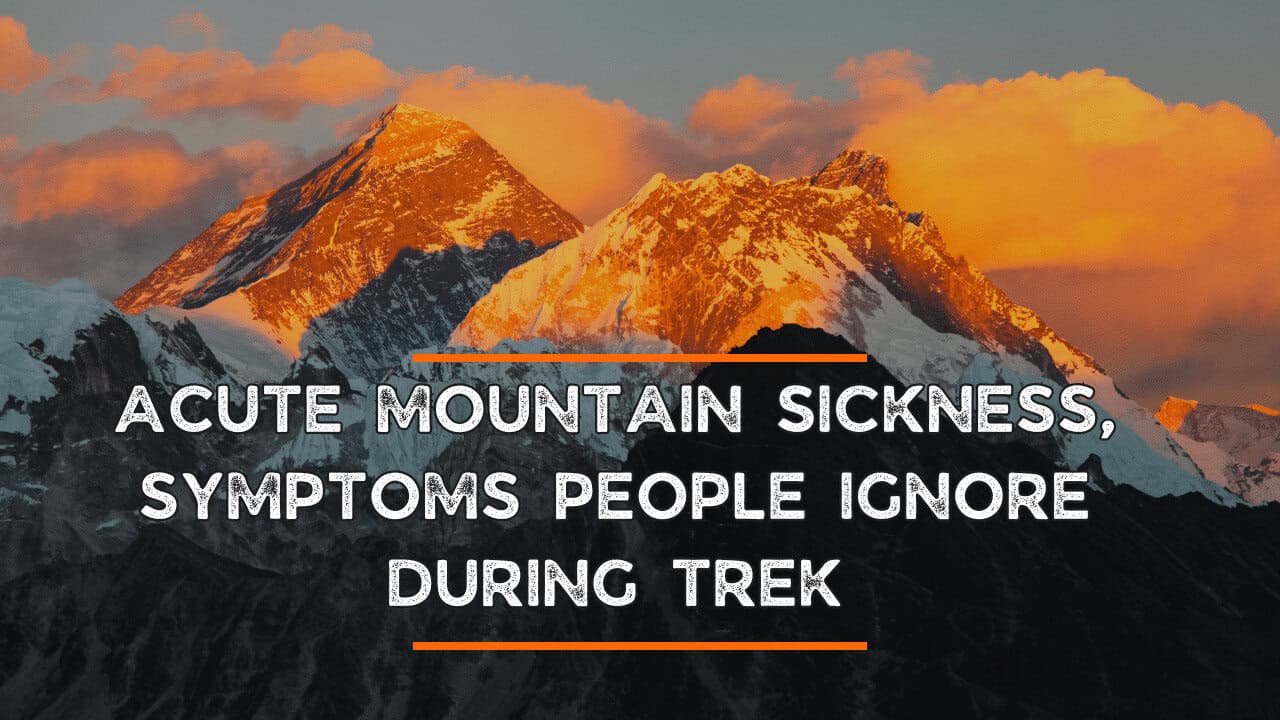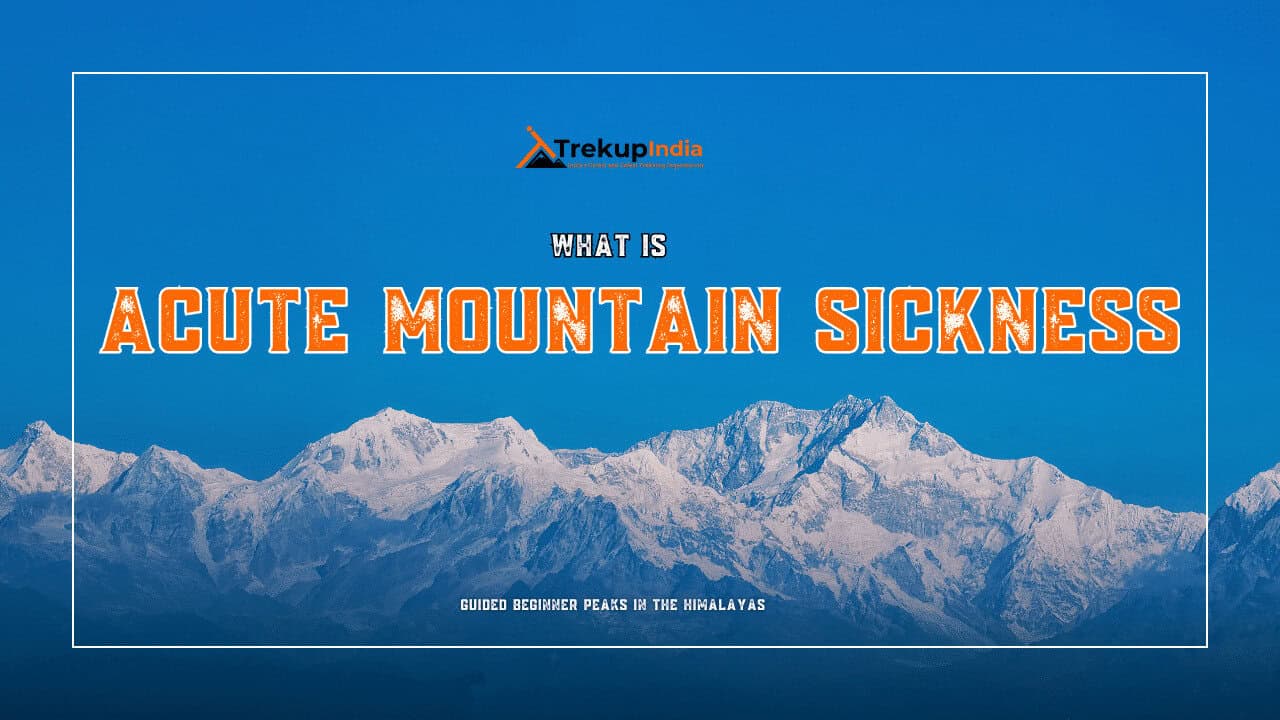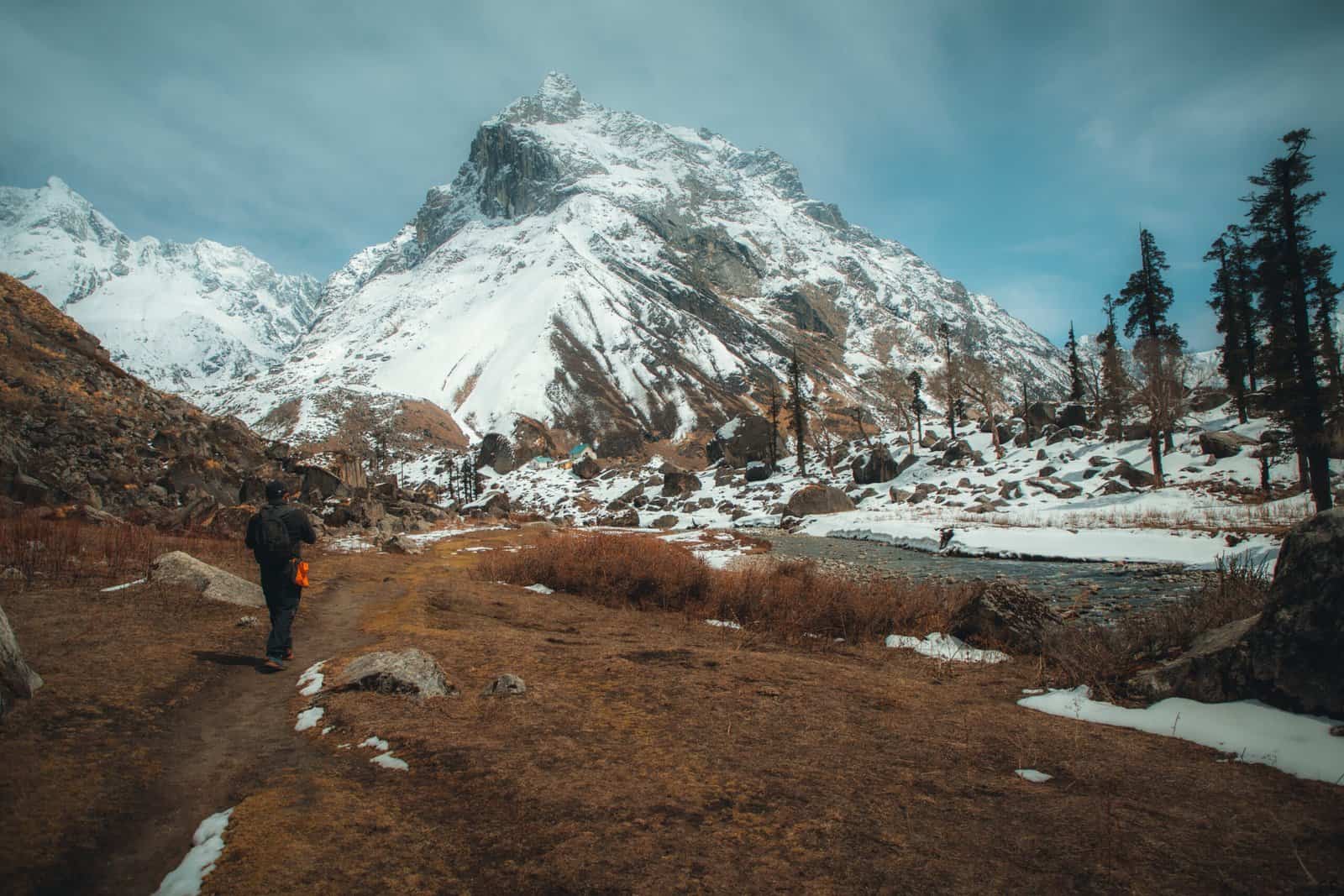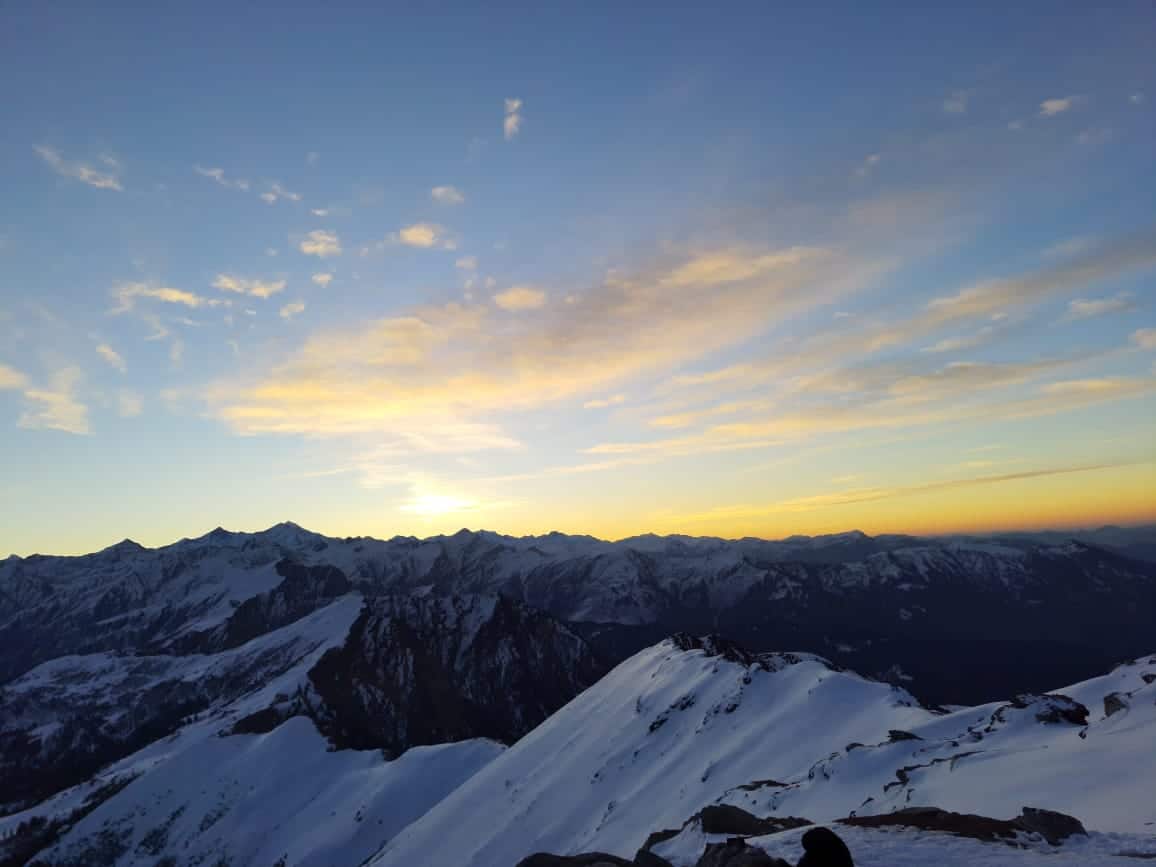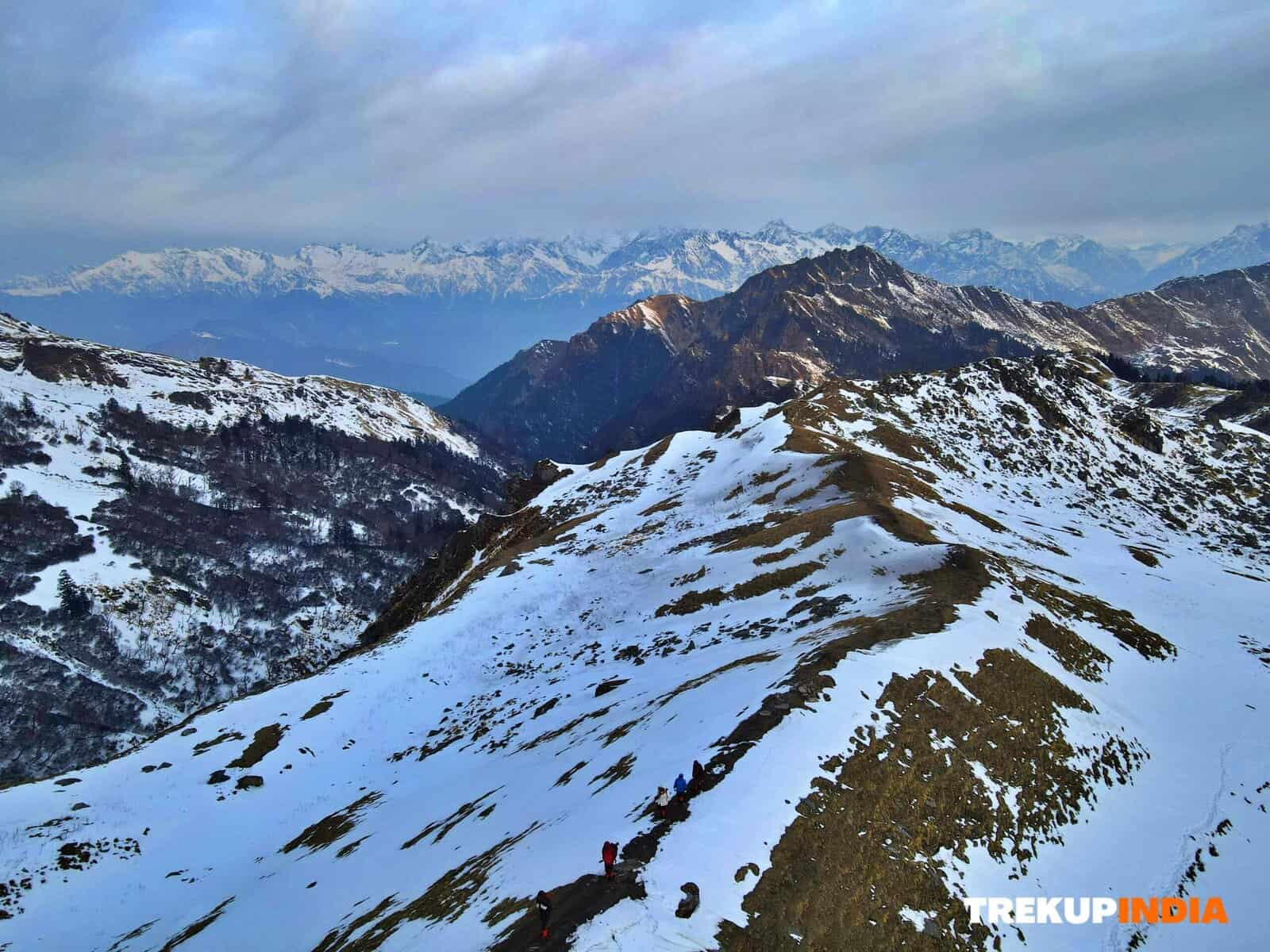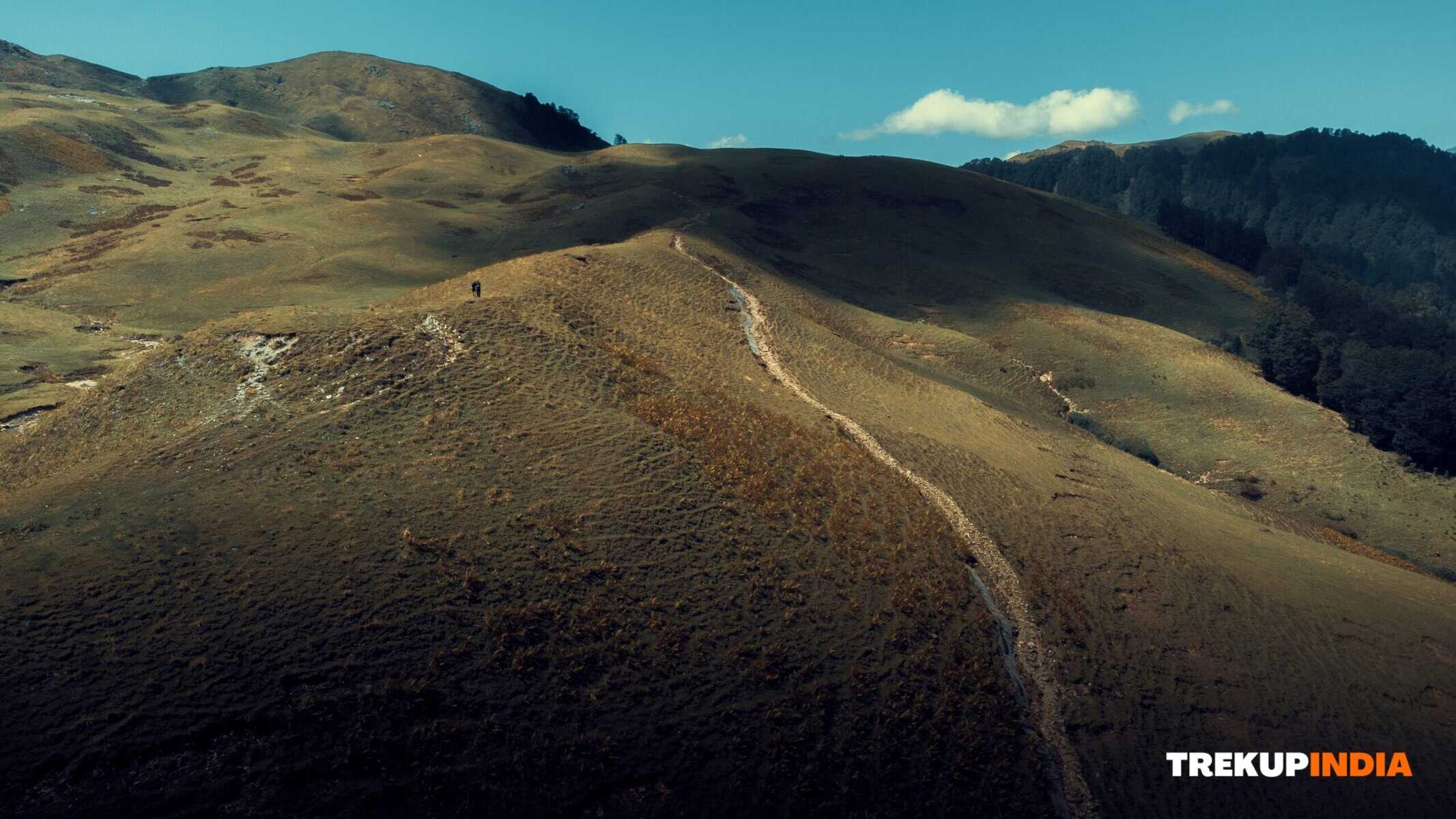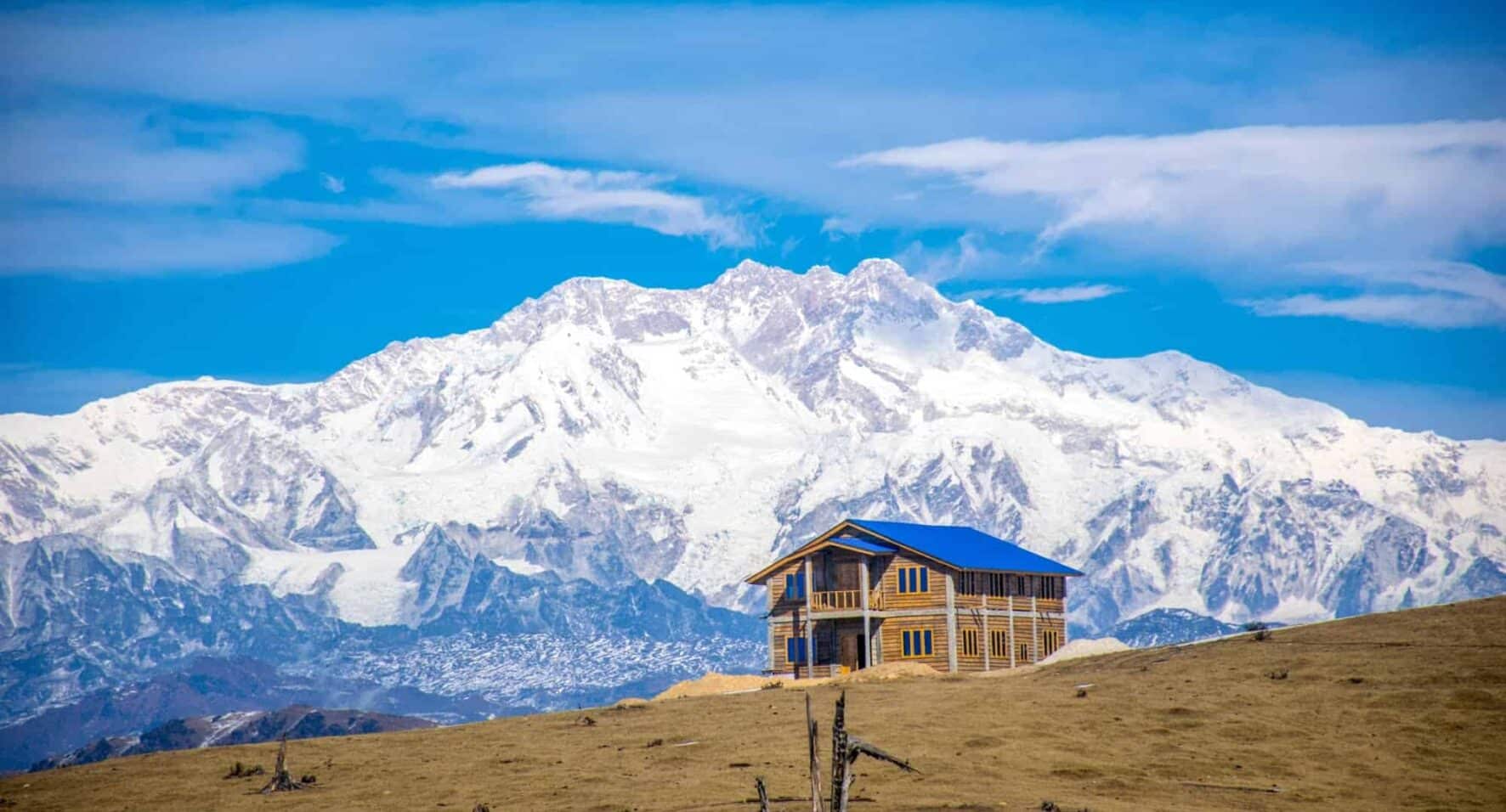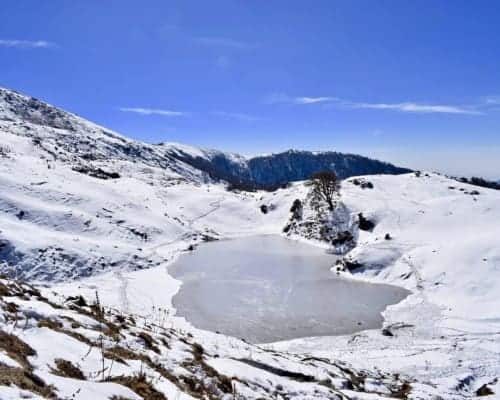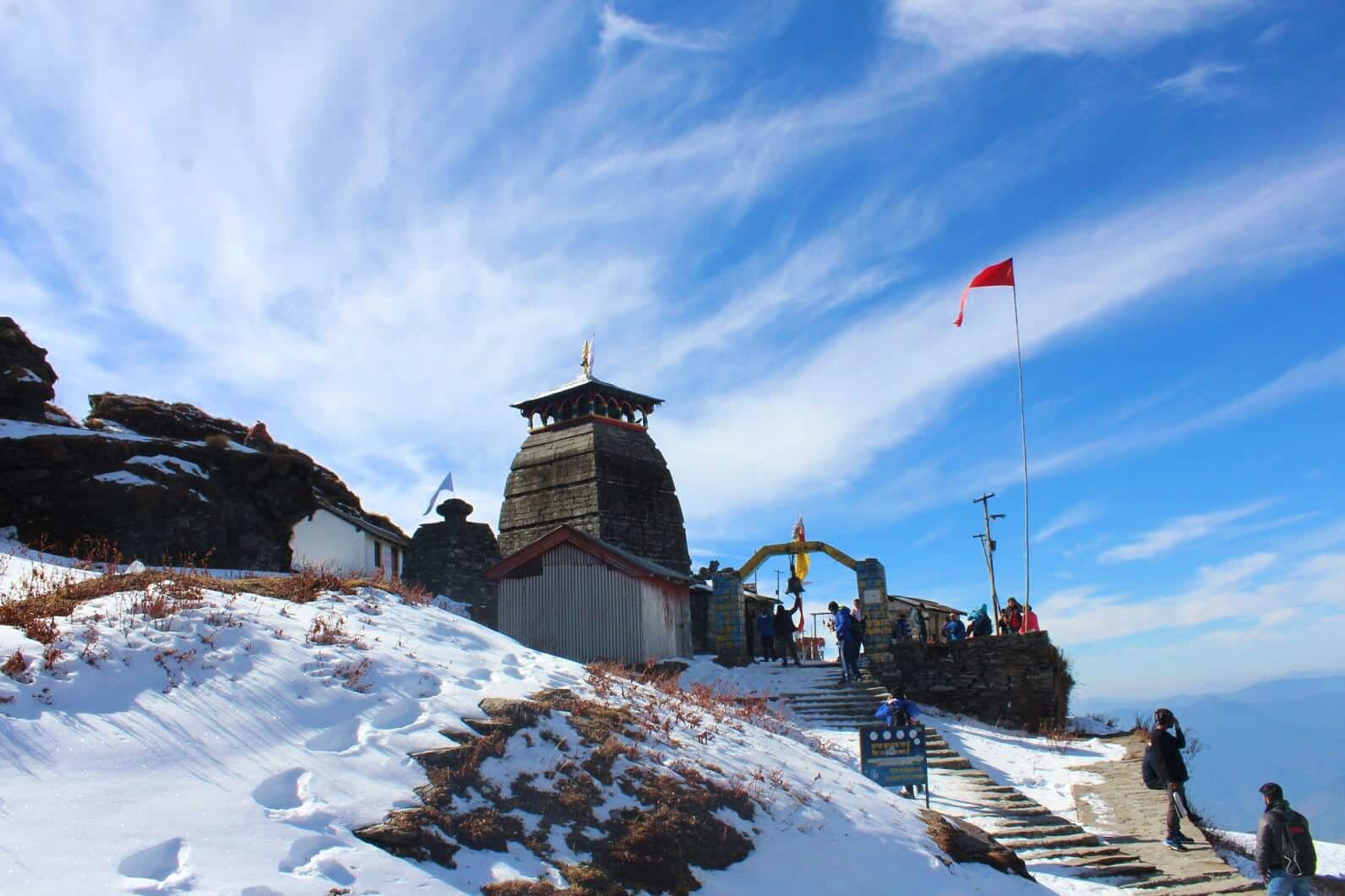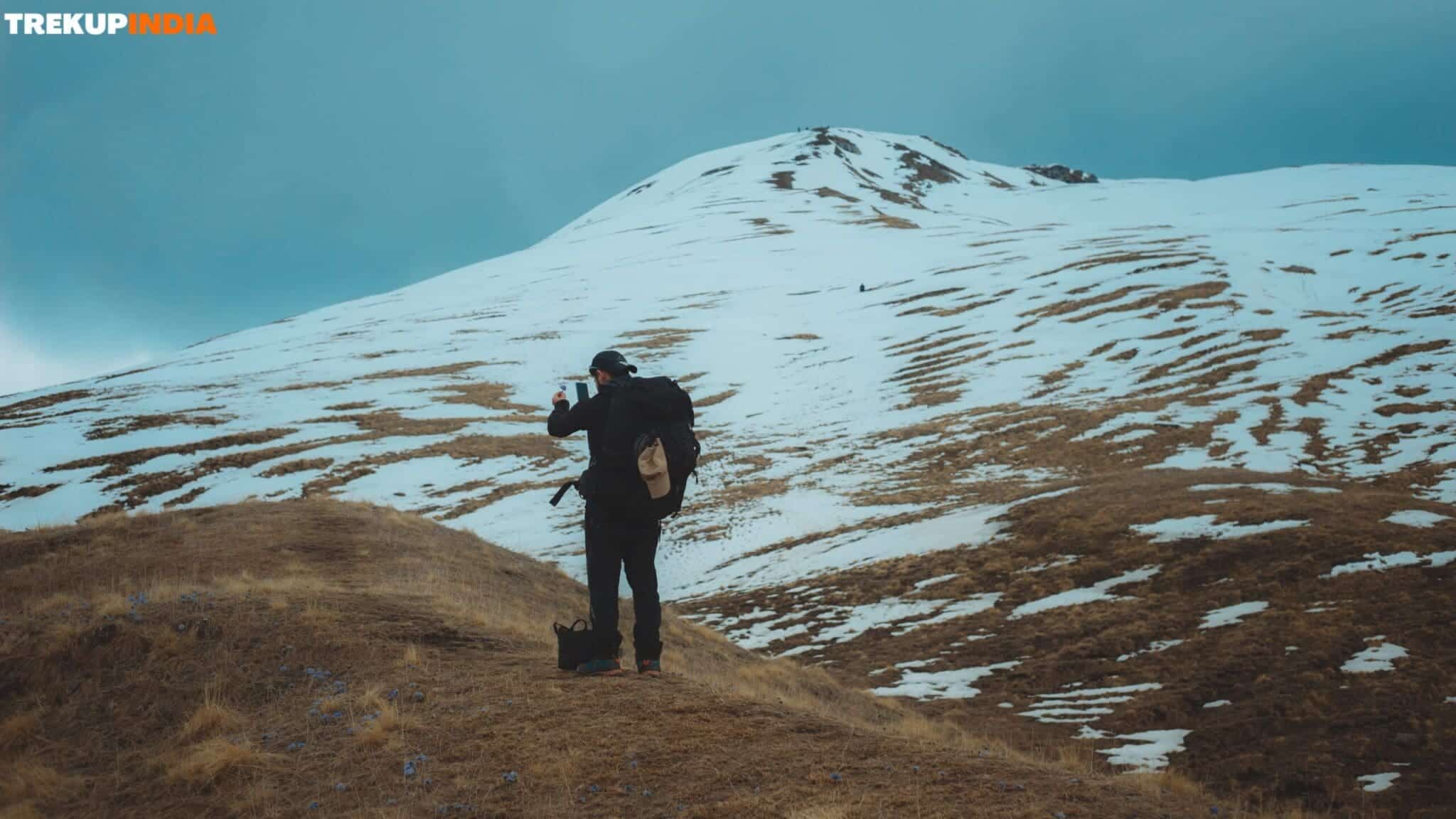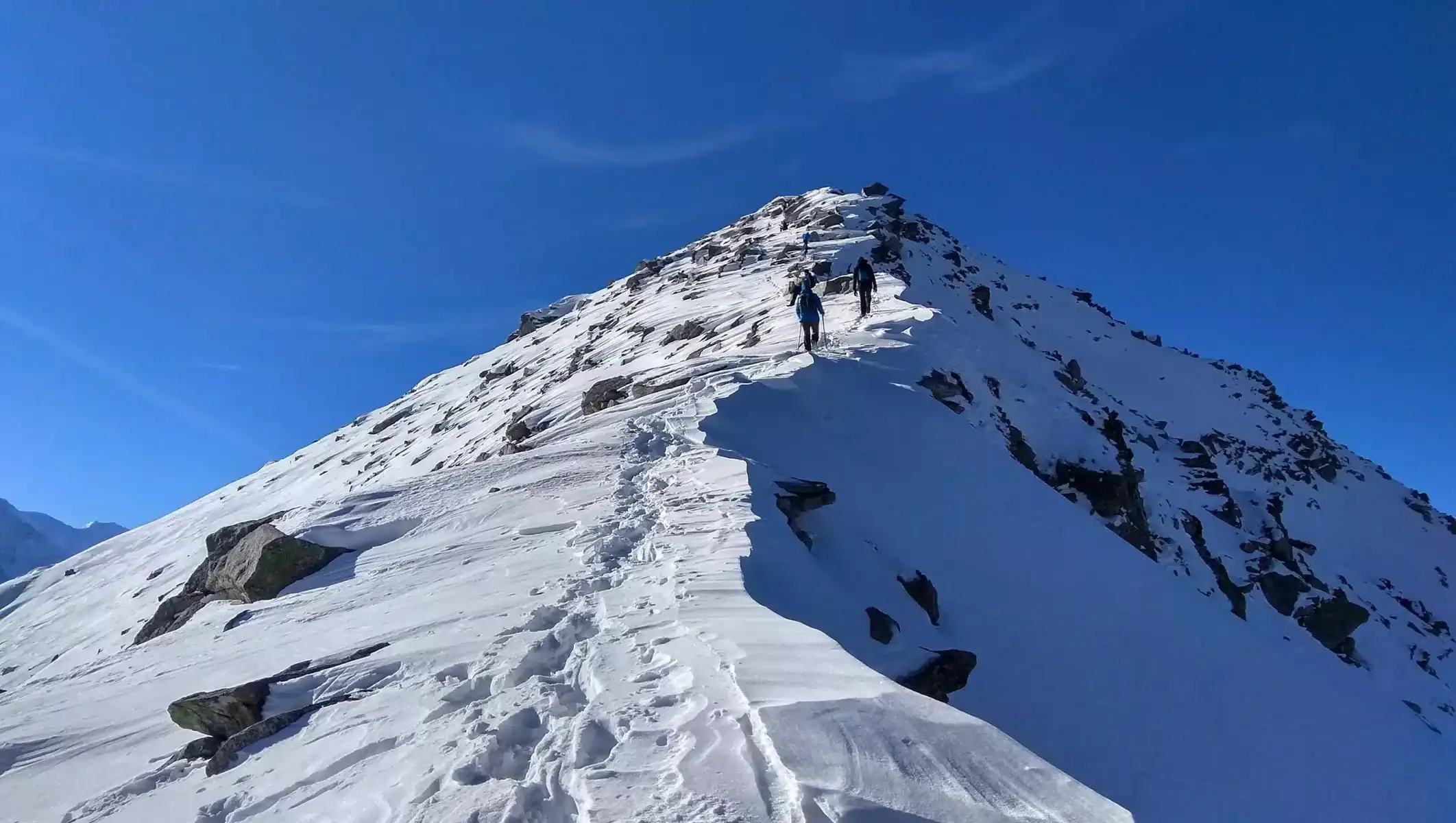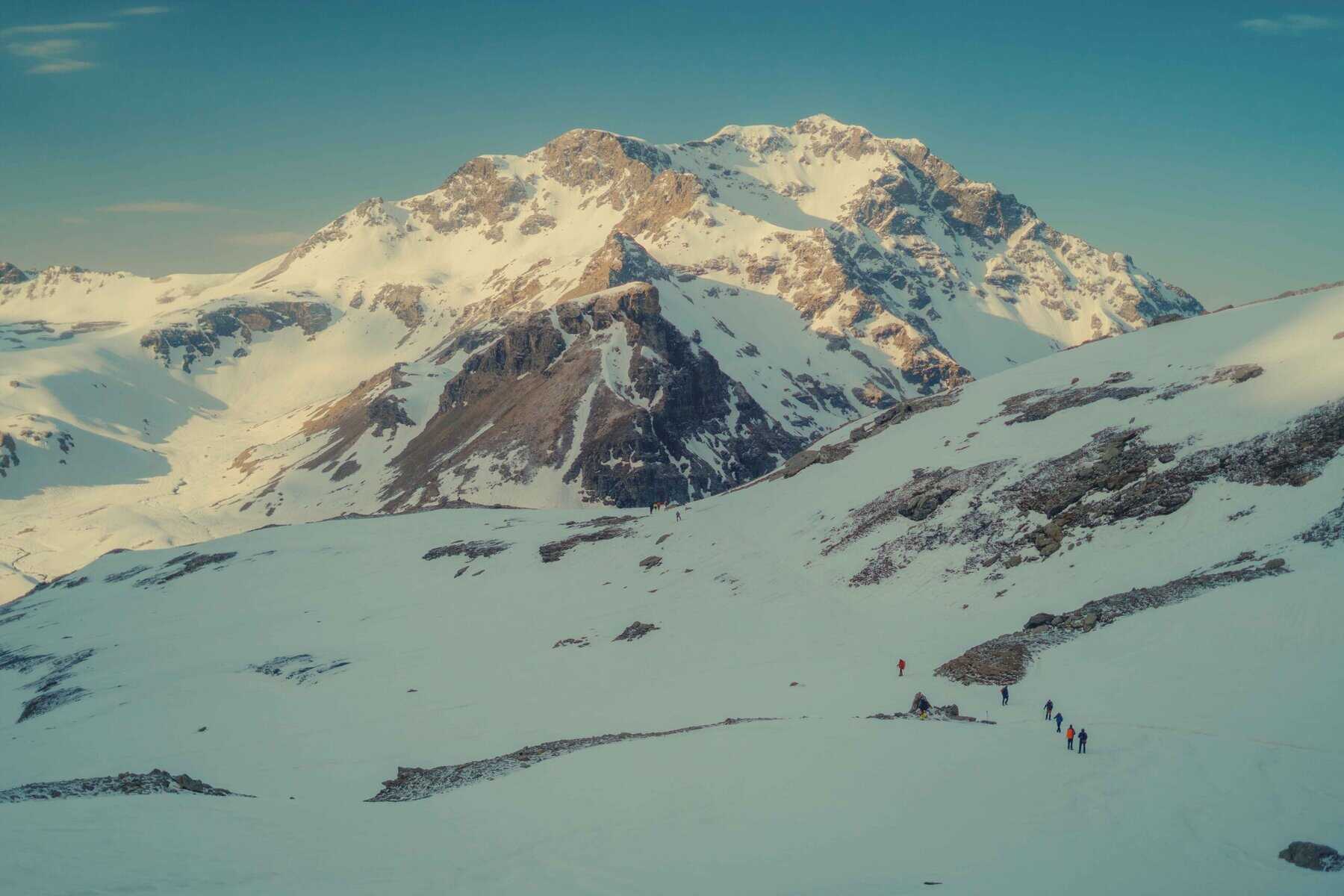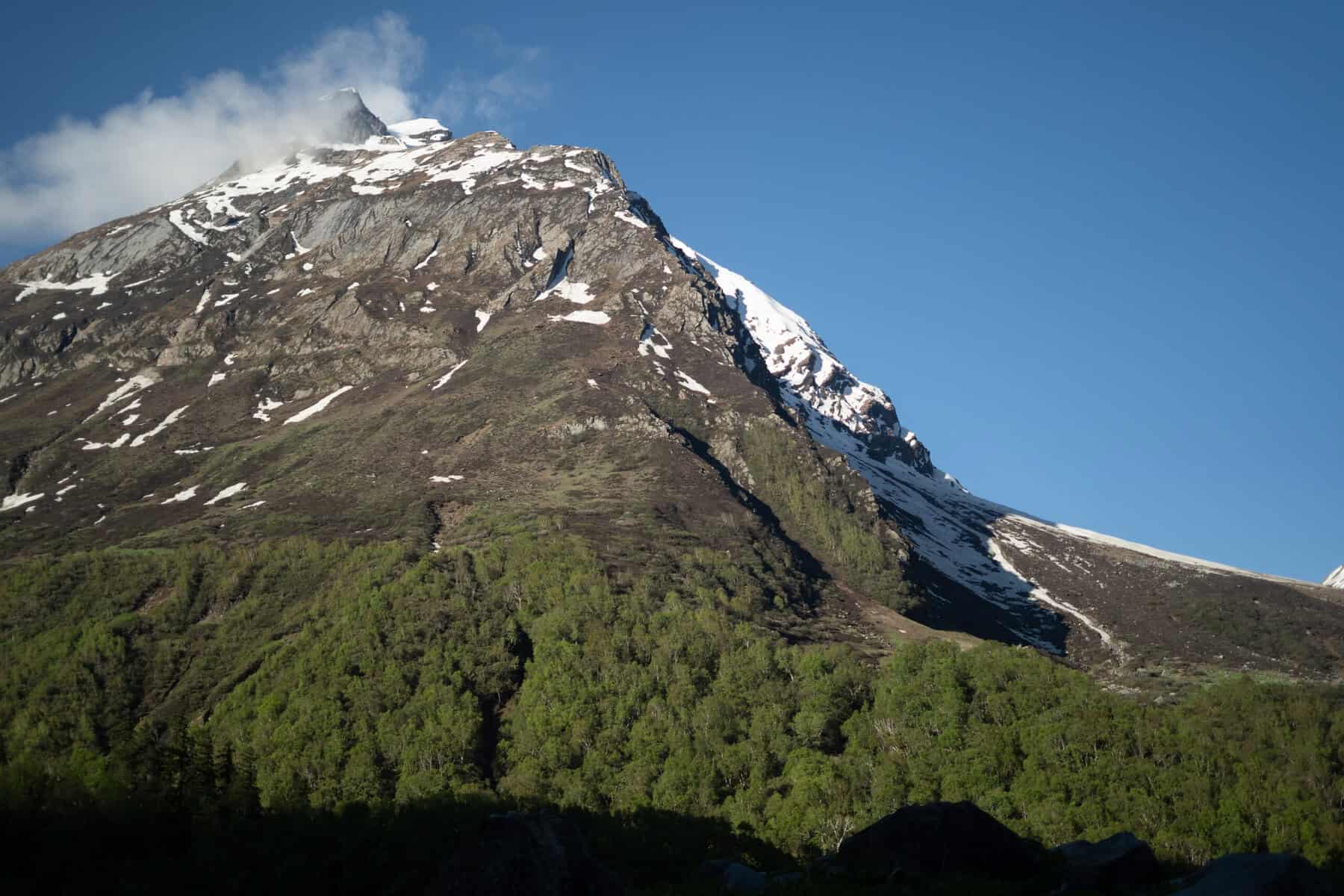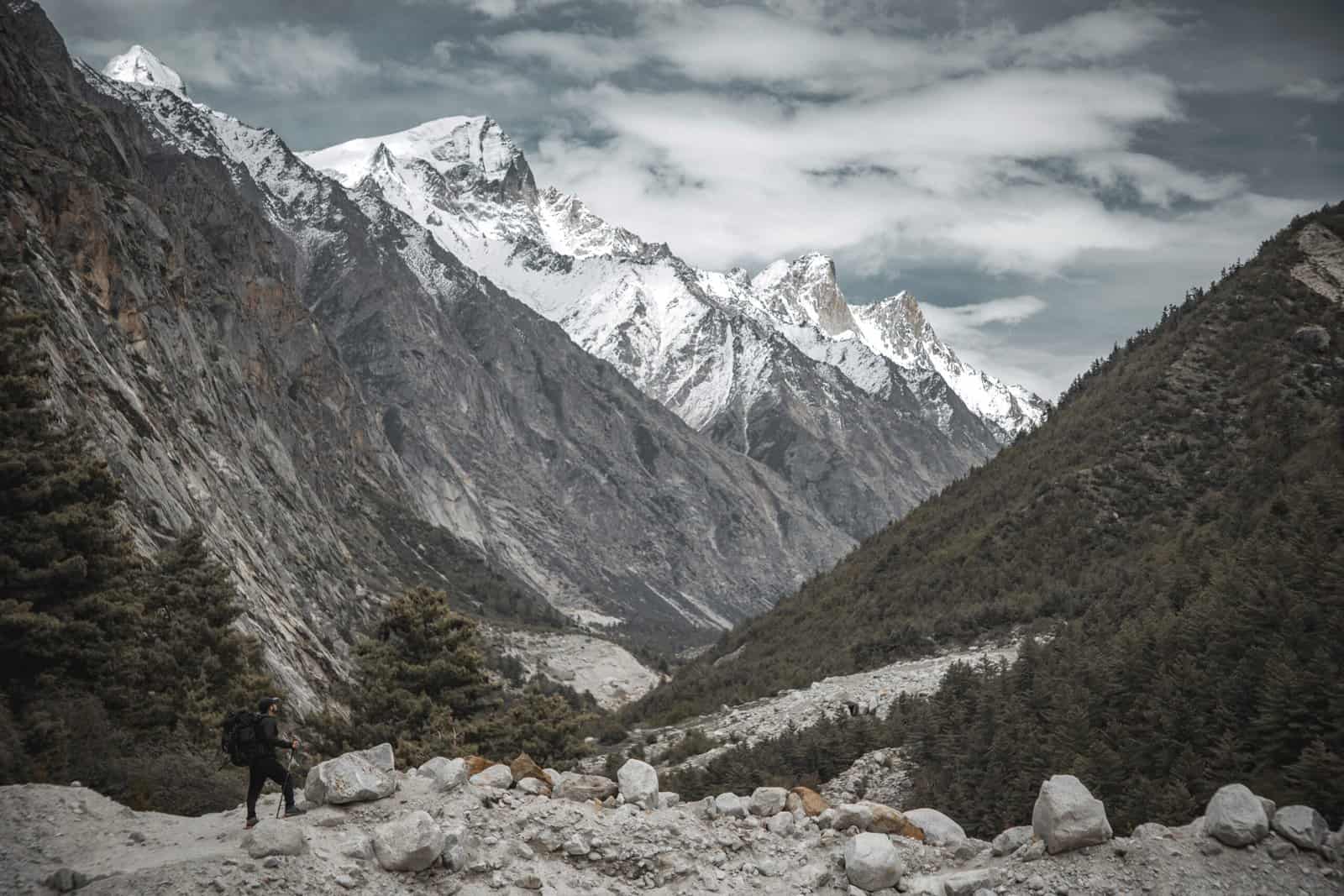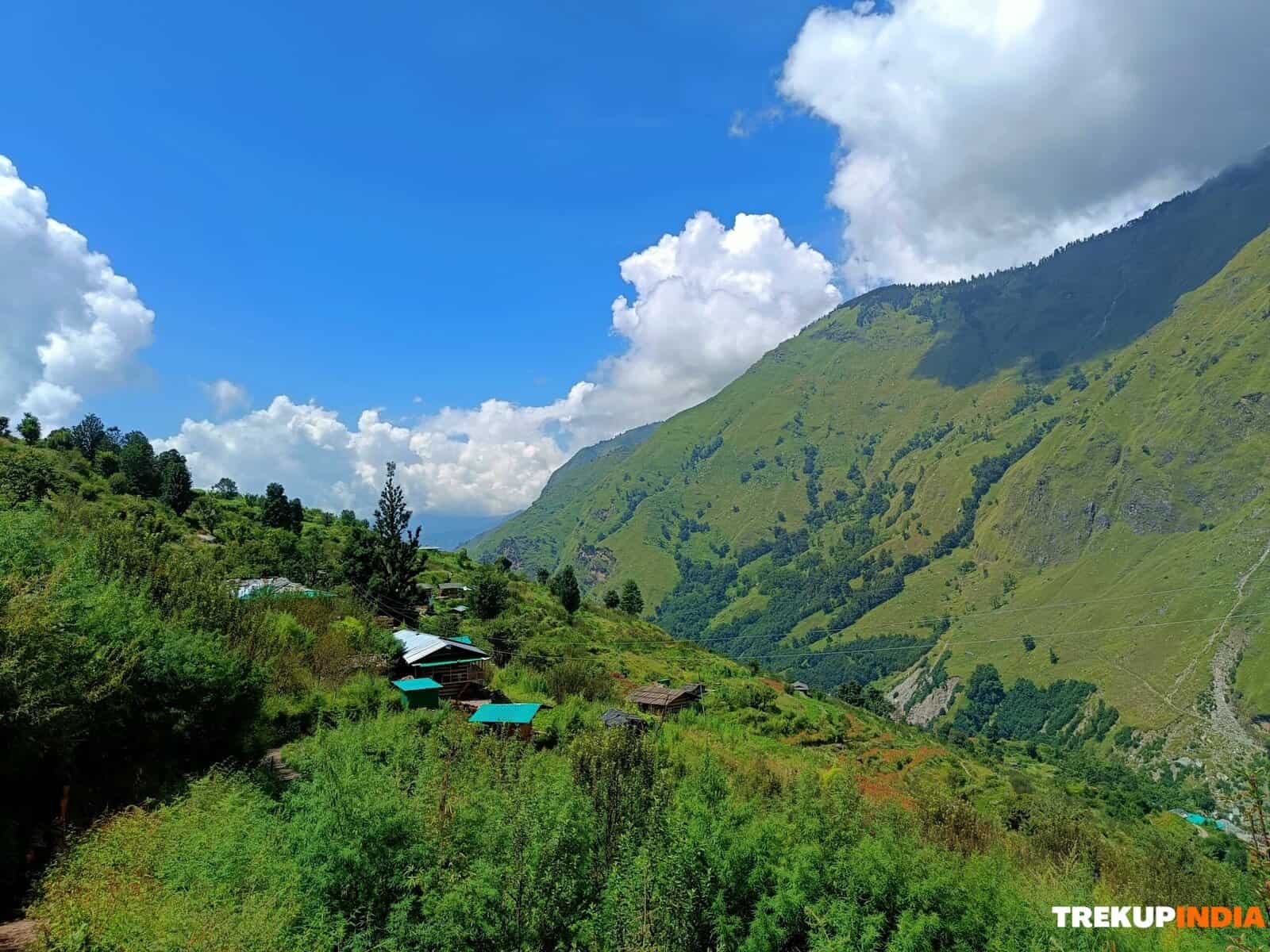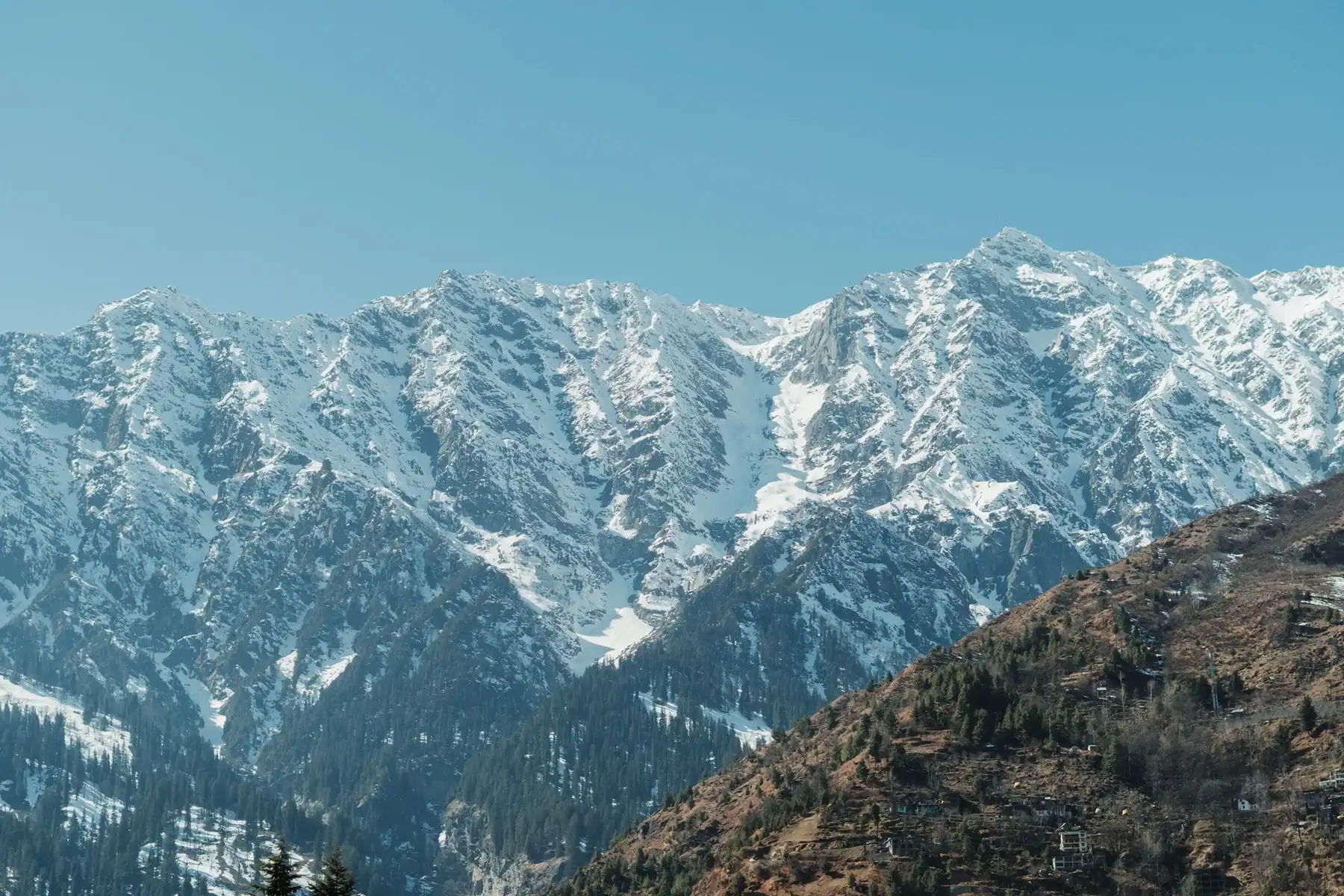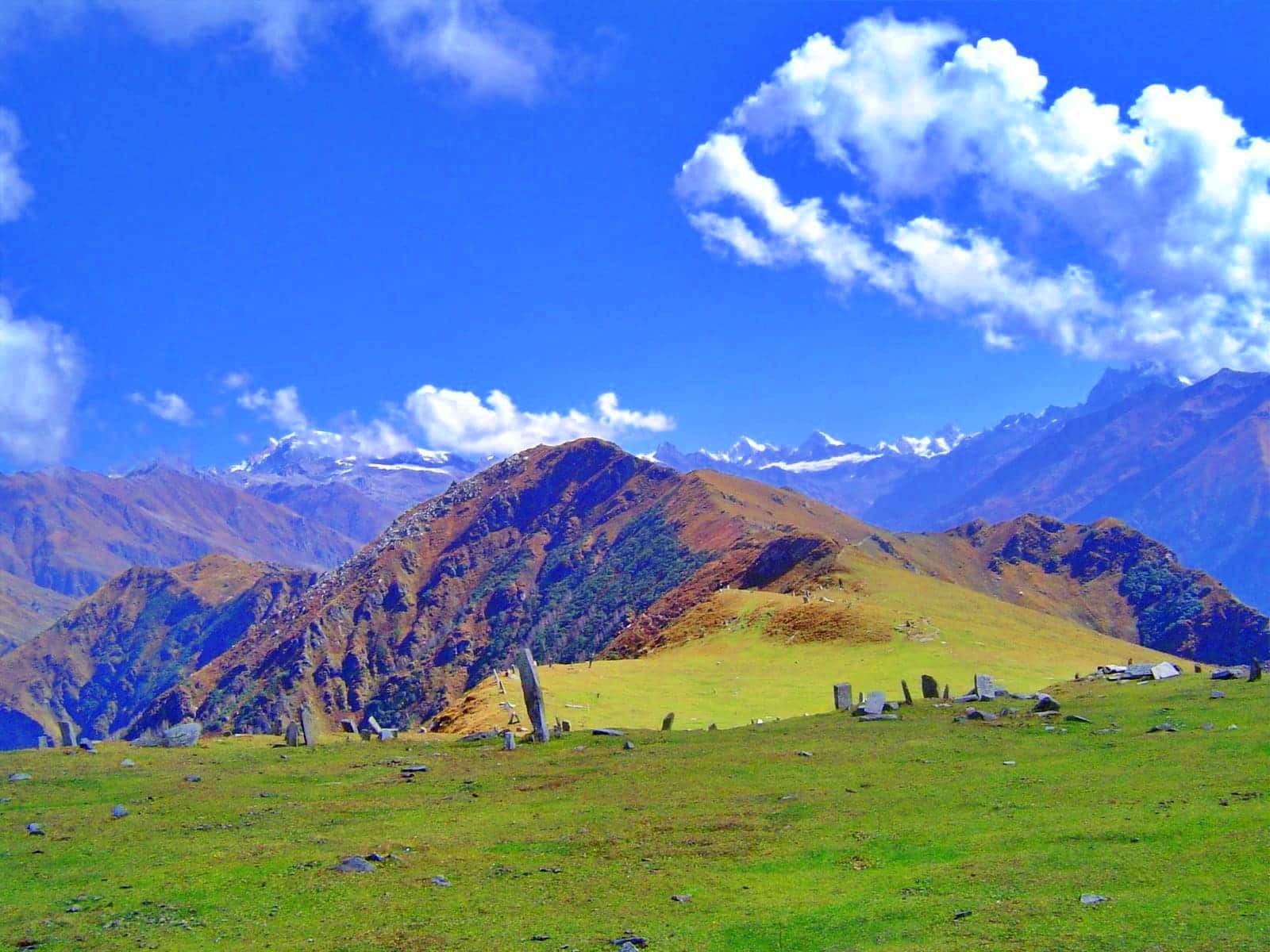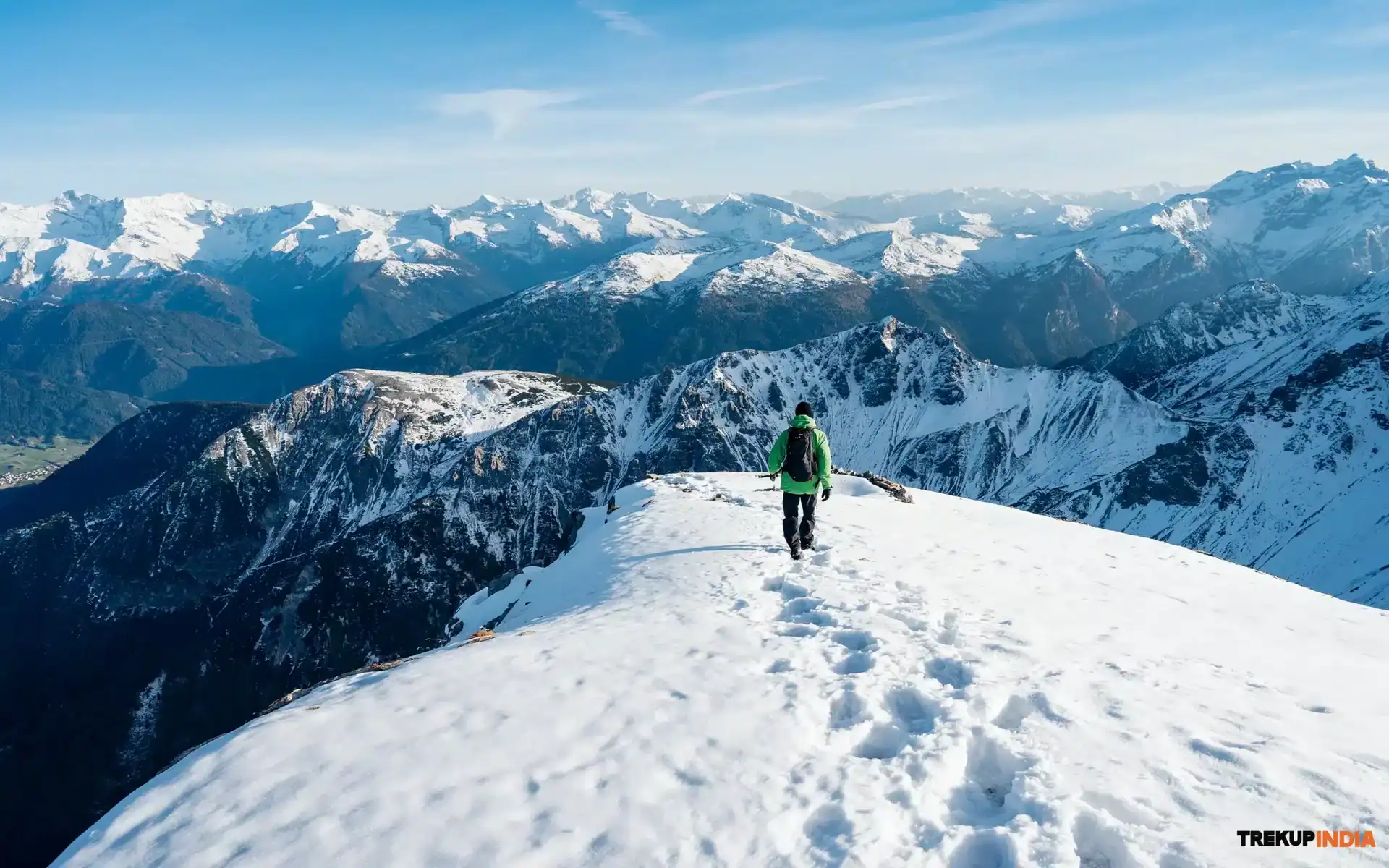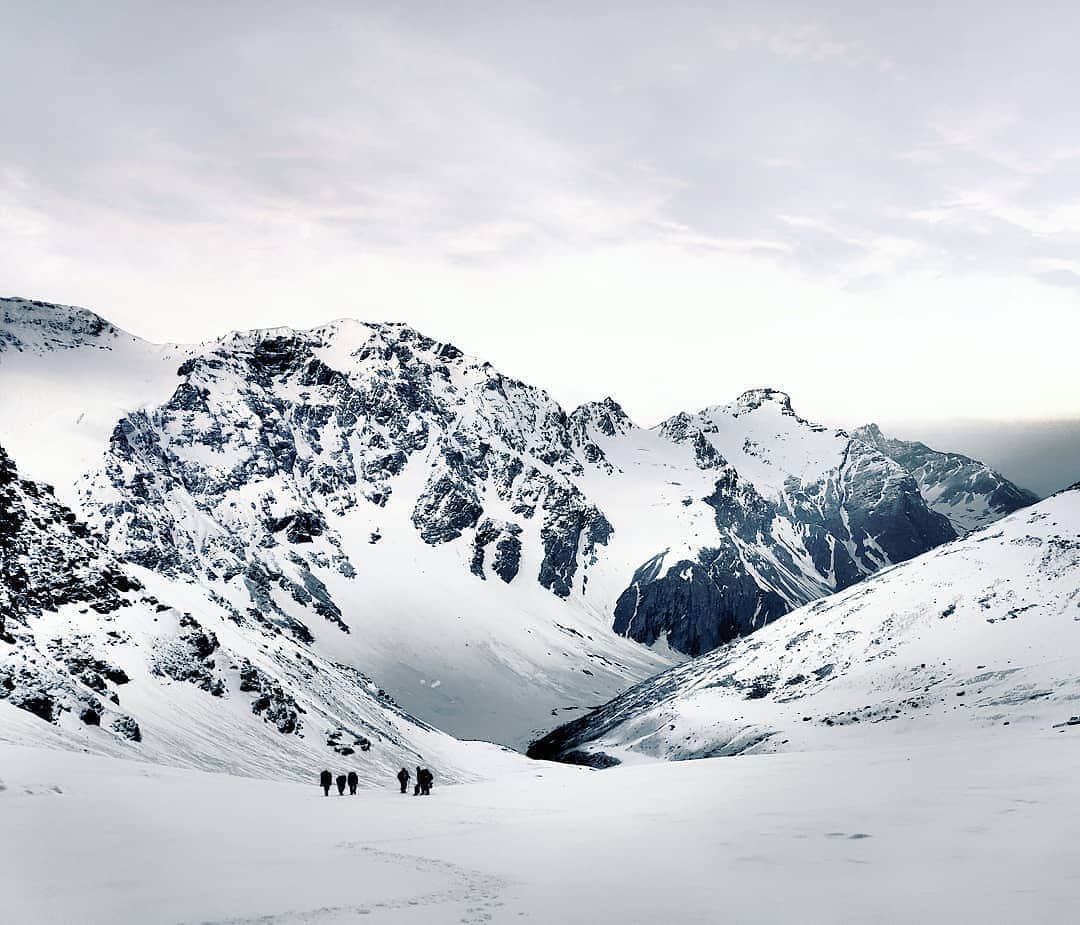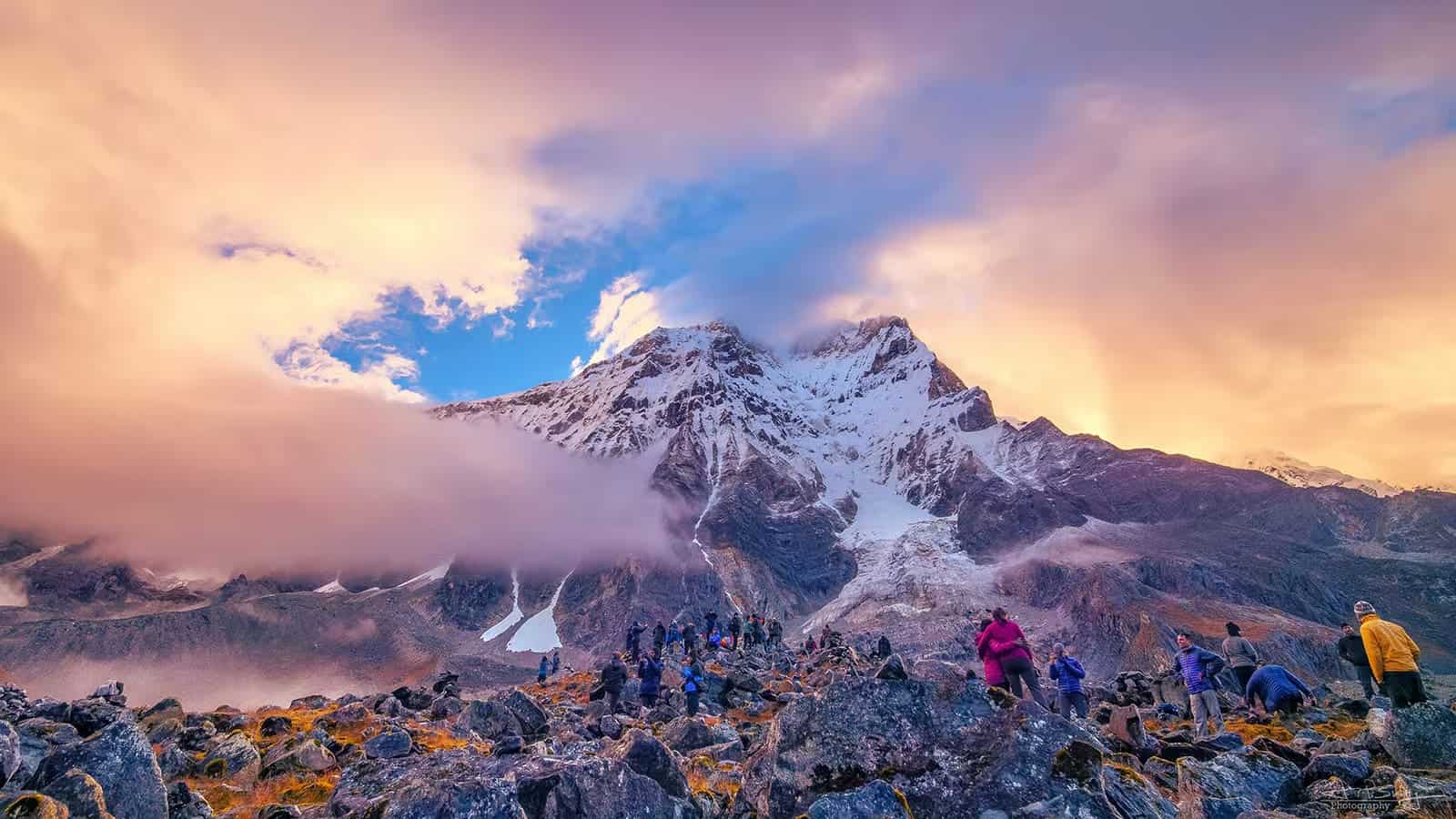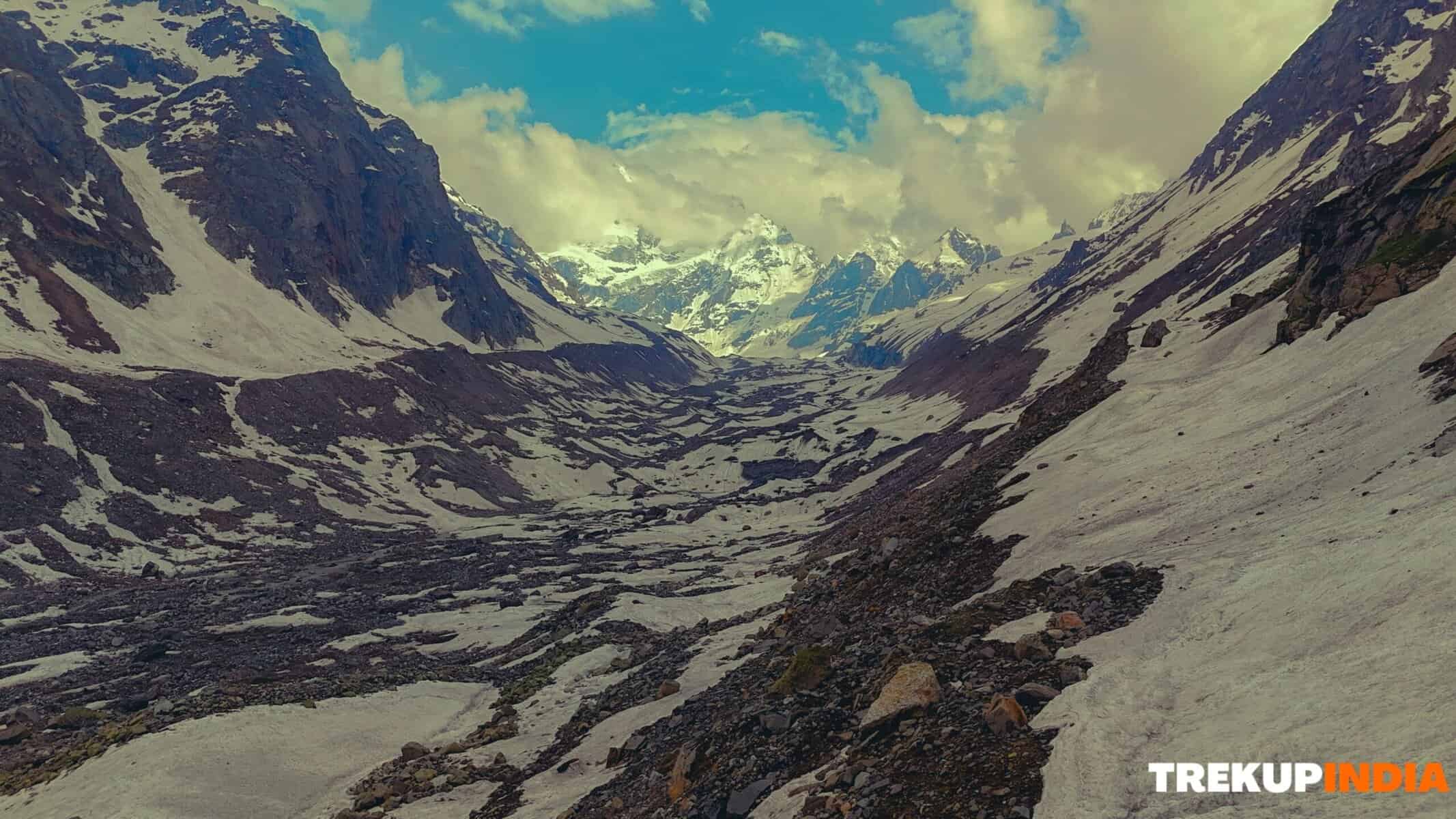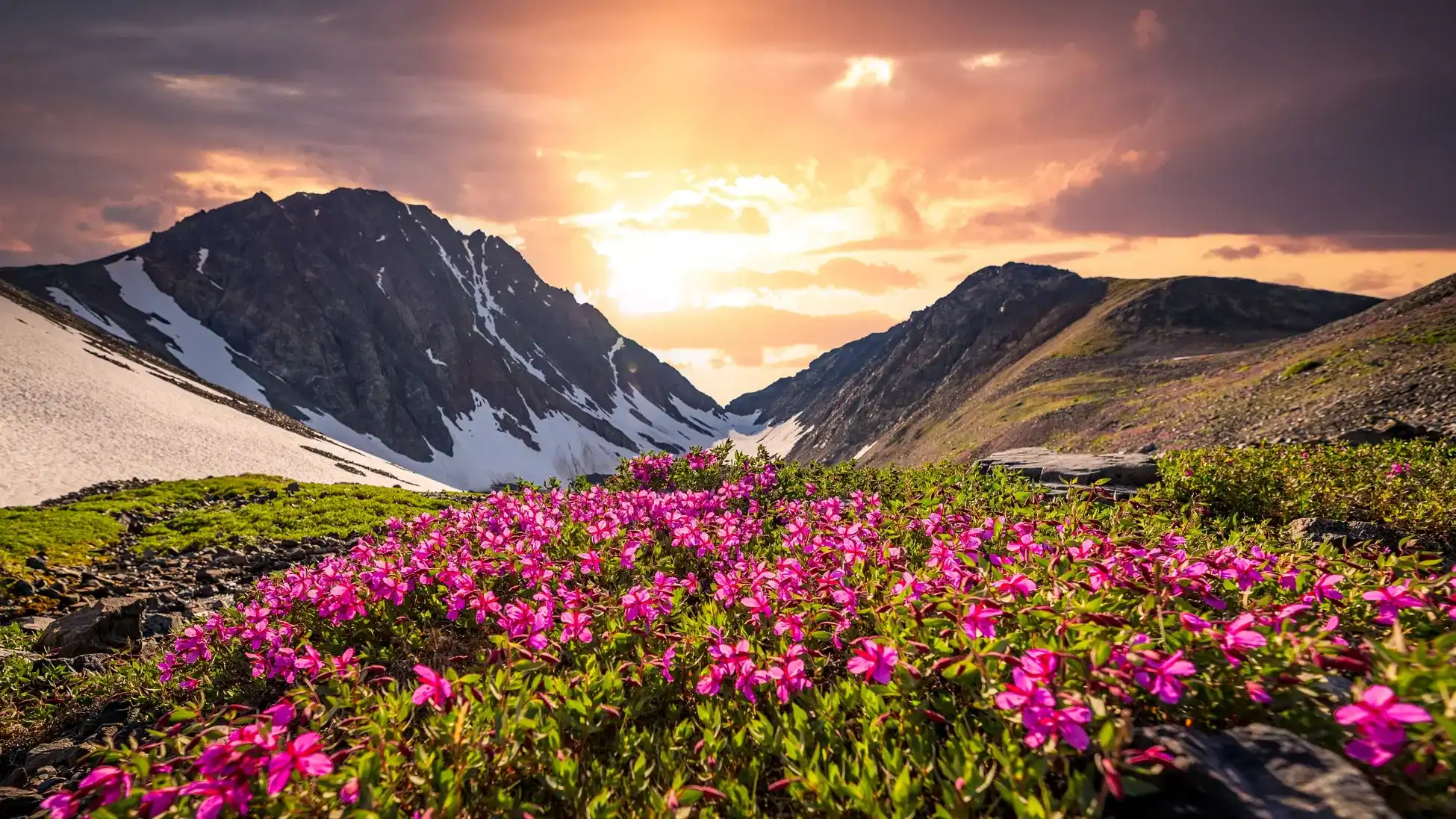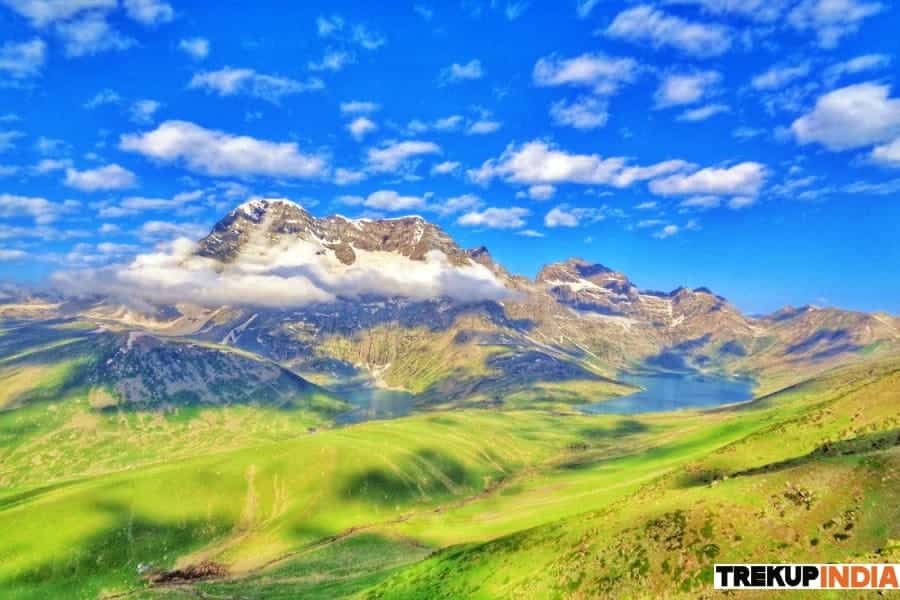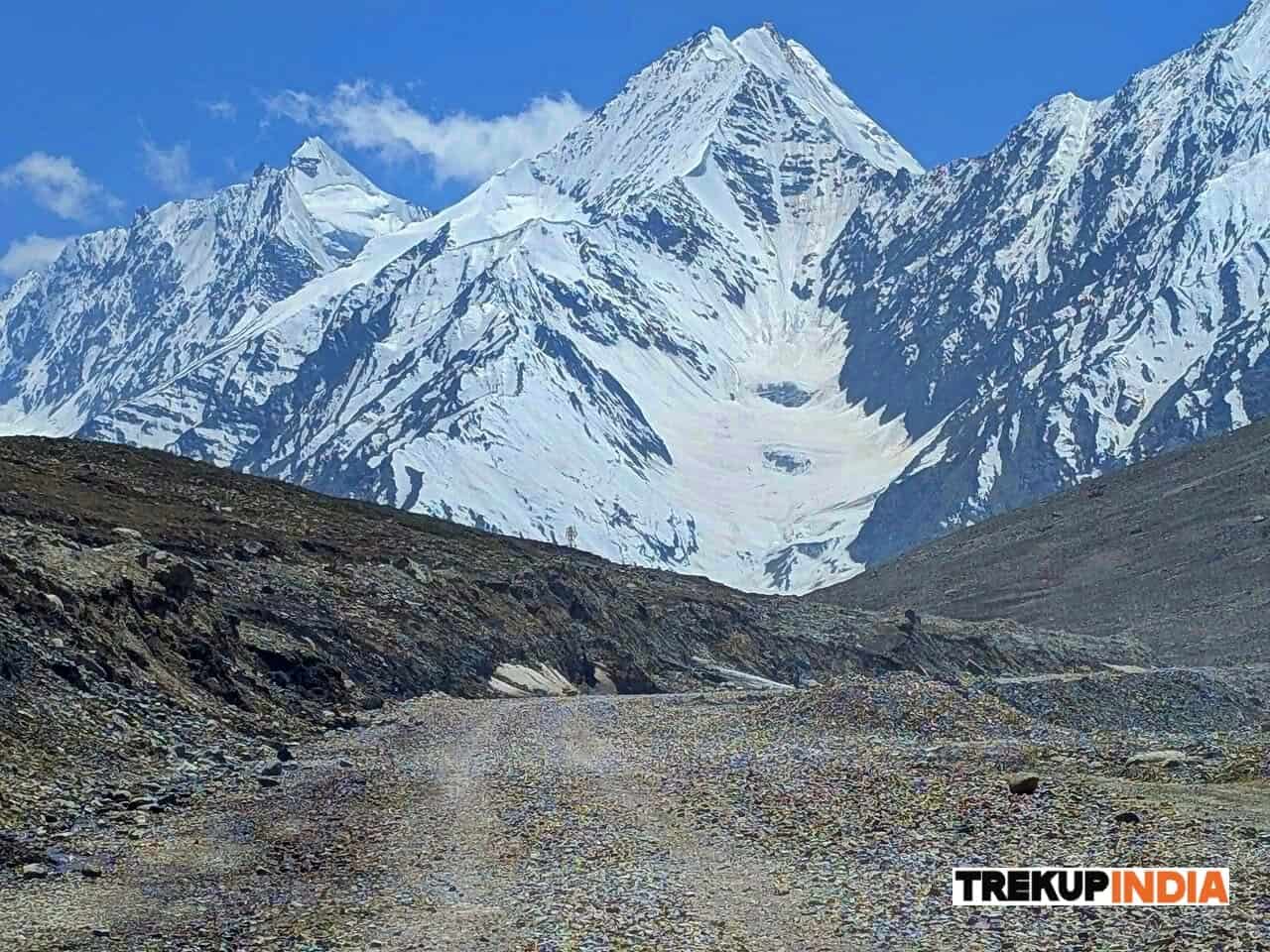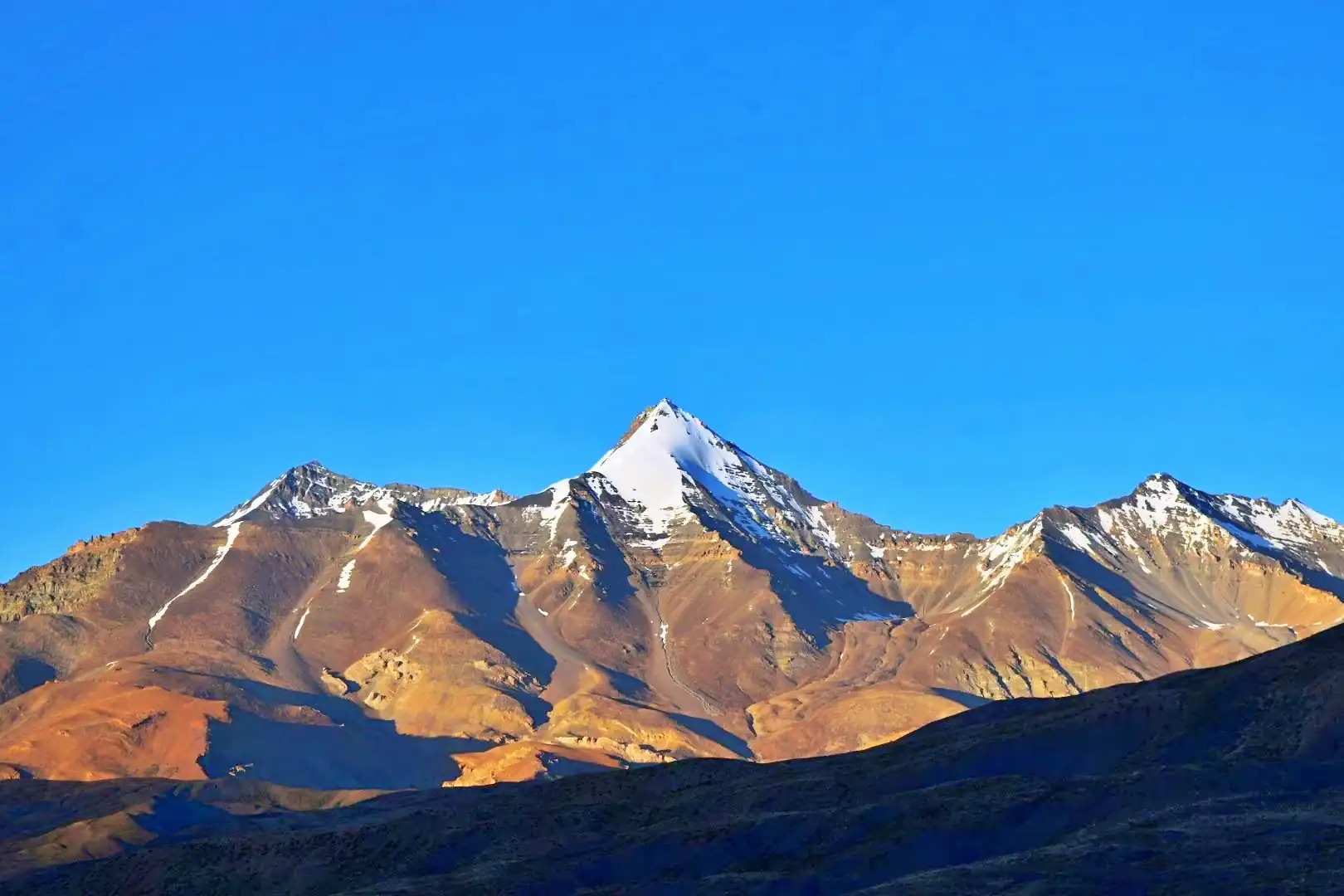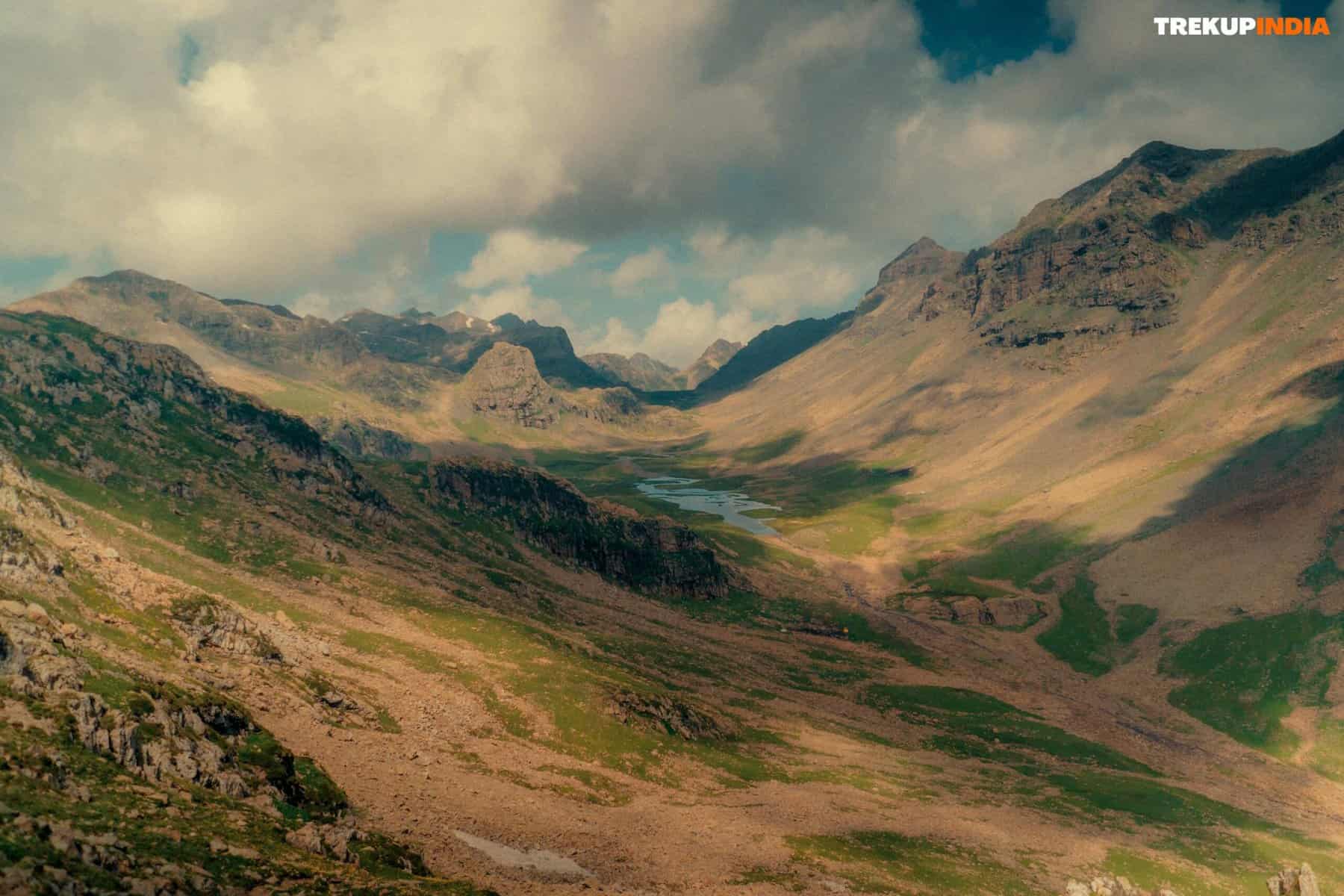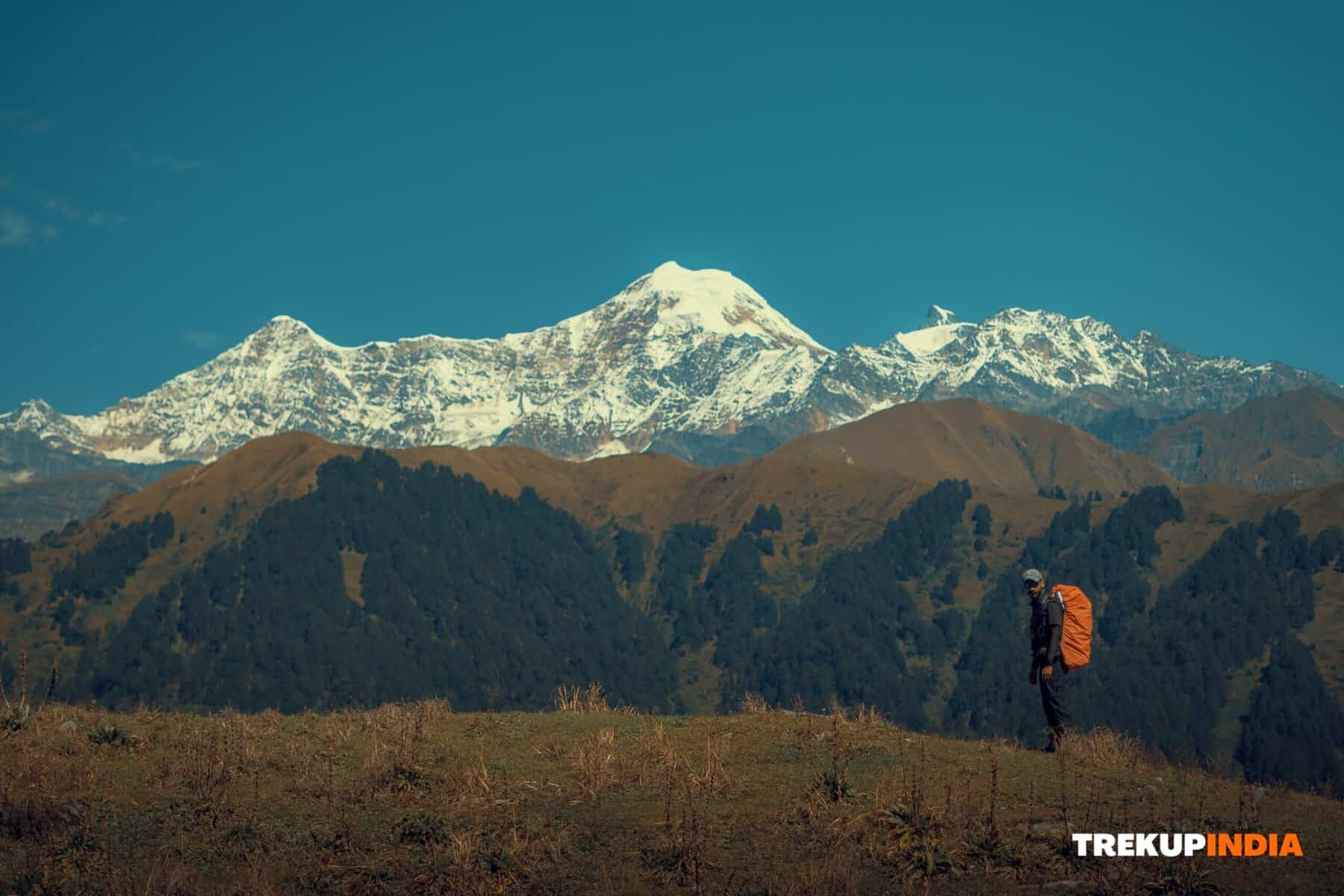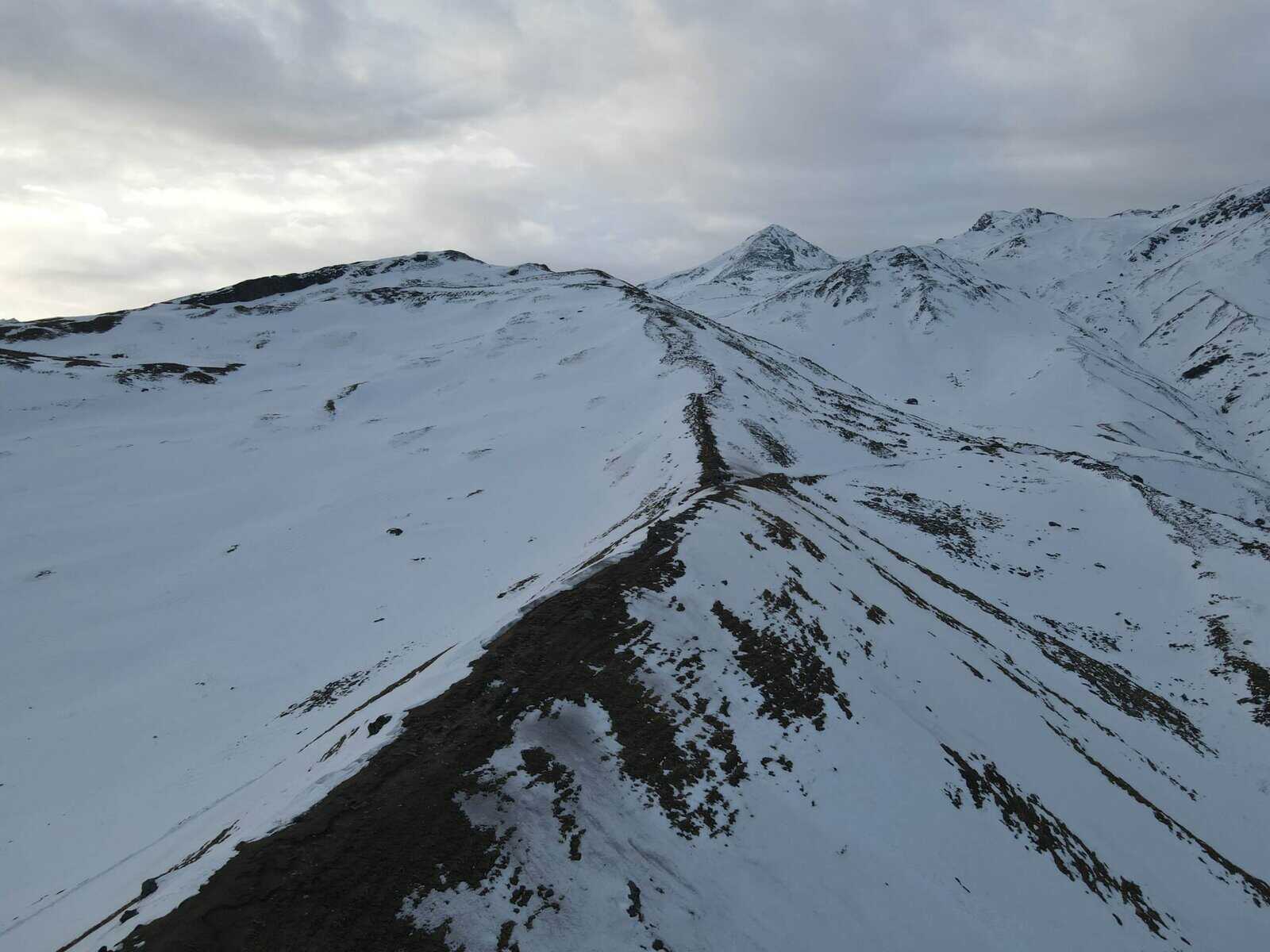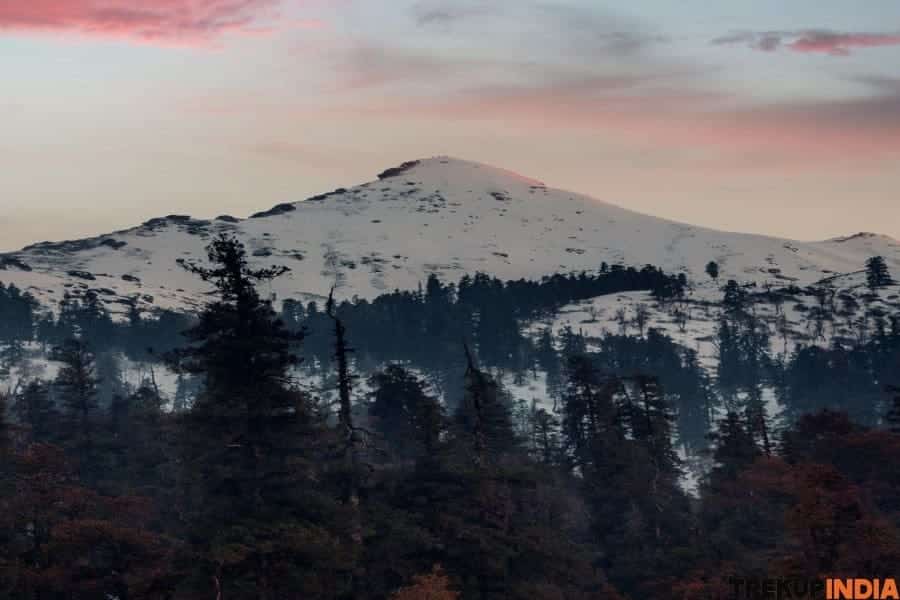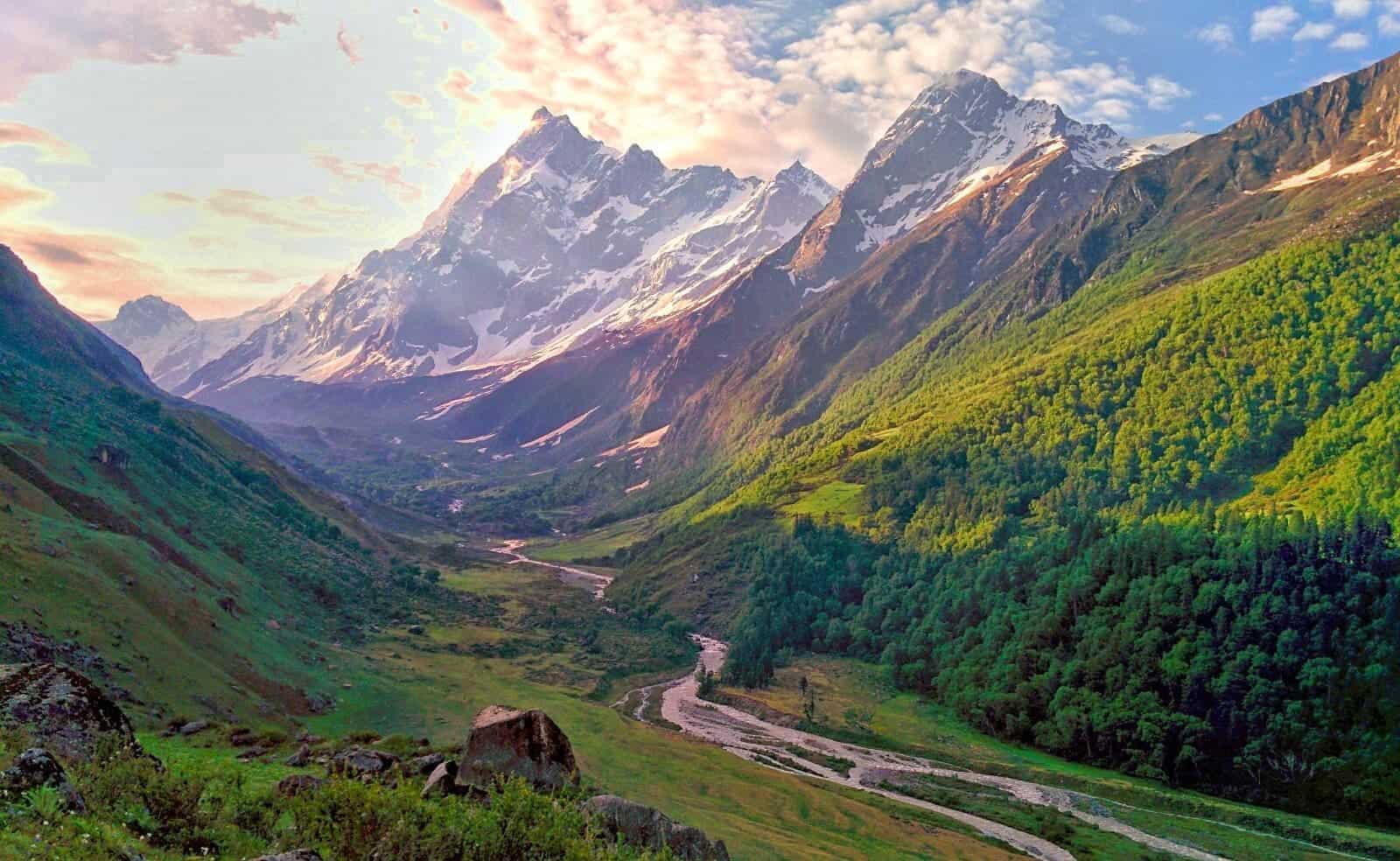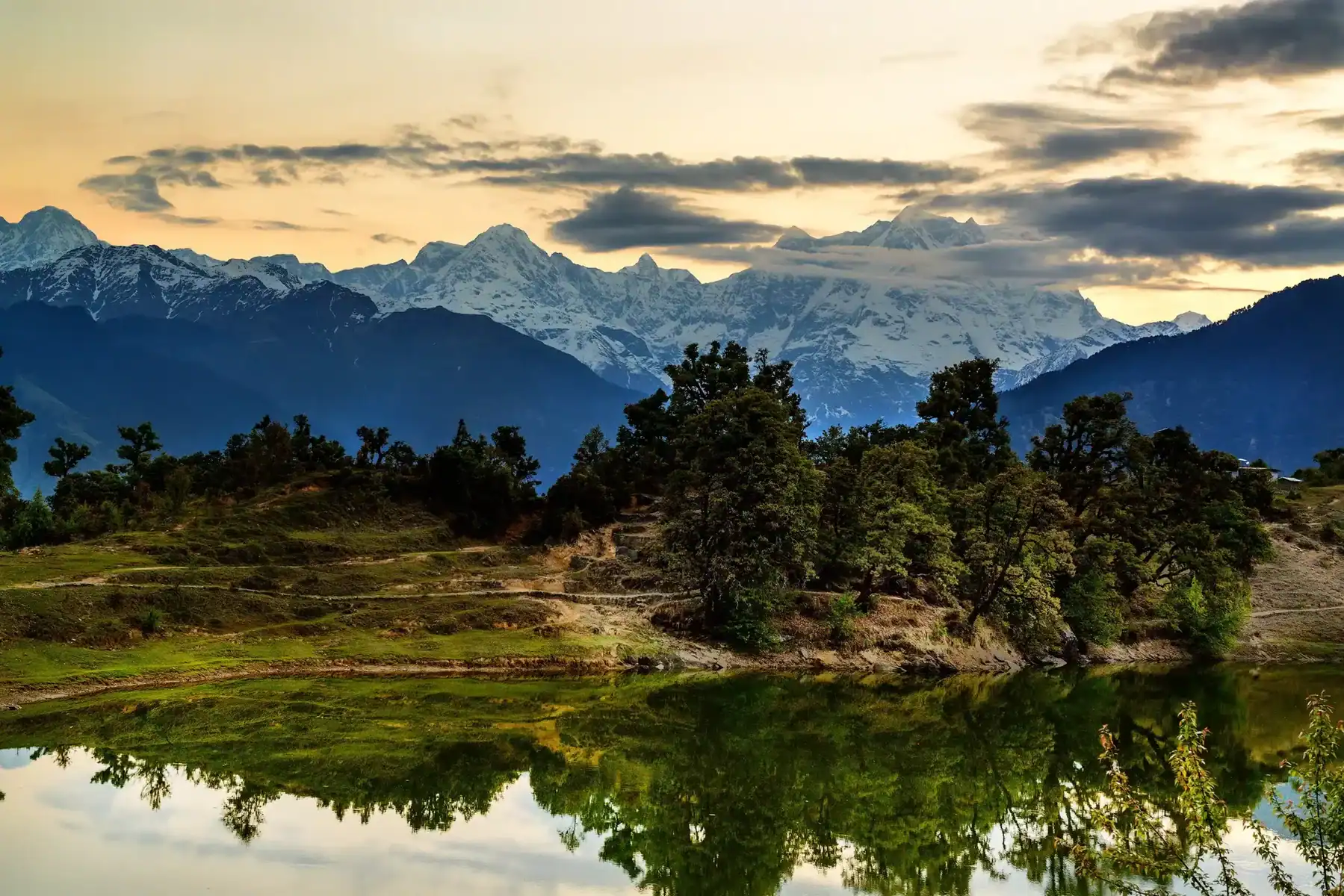Hatu Peak Trek
Hatu Peak Trek
Himachal Pradesh offers trekkers both well-established paths as well as lesser-known treks that remain unknown, offering unexpected delights – the Hatu Peak trek being an example. This day trek provides an intoxicating taste of what a full Himalayan trek experience could be like, with lush pine forests, stunning mountain panoramas, picturesque meadows, and even snow walking possible if timed correctly. Starting from Narkhanda, which is located 63 km outside Shimla, this trek makes an excellent weekend escape from Delhi. Beginning your adventure during March’s early weeks will bring with it stunning, unspoiled snowfall; the Hatu Peak trek leads up the famed Hatu Hill summit for incredible panoramic views over Narkhanda while eventually arriving at Hatu Mata Shrine, revered among locals.
Best Time for Hatu Peak Trek
April-June brings beautiful weather, stunning trees and clear skies; July-September monsoon mist brings lush vegetation with leeches sometimes present; while in October-November crisp air and golden forests offer better visibility.
December – March: An ideal time and place for snow trekking, offering stunning snow-covered landscapes (though more effort may be necessary).
But be wary of heavy monsoon rains (late July to early Sept) which could result in slippery treks and poor visibility, and therefore increase effort levels required.
Highlights of the Hatu Peak Trek
Amazing Panoramas of the Himalayan Mountains Covered in Snow, including Shrikhand Mahadev and Kinnaur ranges
Beautiful Forest The treks pass through deodar, oak, and conifer forests for a beautiful forest experience.
Quick Escape from Shimla. It can be completed within one day or over a weekend.
Hatu Mata Temple stands atop an ancient site and is dedicated to Goddess Mandodari (wife of Ravana).
Spring/Summer Flora – wildflowers, berries, and dense greenery
Winter Wonderland – an expanse of snowy carpet covering the ground from December until March (ideal for snow treks).
Hatu Peak Trek Detailed Trail Information
1-Day Trek: The starting point is Narkanda (2,700 meters)- Then trek up to Hatu Peak (~3,400 m)- Return to Narkanda
From Narkhanda, follow the path leading towards Thanedar for approximately one kilometer until reaching an intersection where three roads meet in a spacious area surrounded by towering pine trees. At this intersection, there will be three narrow paths, of which one ascends directly into a pine forest with help from signboards guiding your journey. Immediately on entering, you’ll be struck by its beauty, with majestic towering pines likely dating back centuries based on their impressive size.
As it curves eastward, it begins a gentle ascent through an expansive stand of pine trees now bathed in sunlight. Stay on this isolated road for another hour as it winds around the mountain’s slope, eventually opening up into a small but peaceful glade on your left and offering breathtaking views of snow-capped Himalayan range peaks. Double back and climb further until reaching a large clearing marked by a cluster of flat-roofed huts used by local shepherds.
Gujjar Kotha is a small pond boasting breathtaking mountain range views, making it the ideal spot to rest. After traveling on the road for about one kilometre, it will make a sharp right turn towards the south, shifting away from its associated ridgeline. Once off the road and on to your journey of discovery, this is where it all begins. Your journey towards Hatu Peak begins here – follow the ridge and take the marked trek into the forest; in March, expect snow-covered forest floors. Stay on the ridge without deviating to either side until you reach a road as it winds across it. Cross it and continue ascending along its length, passing pine and oak trees as your trek quickly gains elevation. Once on Hatu Peak, the trek generally travels east. At around 11,000 feet elevation and feeling breathless, however, a shortcut opens up onto its summit of Hatu Peak. As soon as you reach the summit, a stunning panorama of Himalayan mountains opens before your eyes. Take time to admire this natural splendour before enjoying lunch on top. Don’t forget to stop and see the Hatu Mata Temple while unwinding before beginning your descent via either your original path or using motor roads back downhill toward Narkhanda.
How to Reach For Hatu Peak Trek
By Road: At approximately 65km away from Shimla via highway NH5, Narkanda lies approximately a 2.5 to 2 1/2-hour journey away by car.
Regular taxis and buses run between Shimla and Narkanda, providing access to public transport facilities.
There is also the option of driving to Delhi (approximately 400 kilometres between Chandigarh and Shimla on highway routes, approximately 9-10 hours via this method)
By Train: By Far, the nearest major station would be Shimla Railway Station.
Shimla is linked by a narrow-gauge train to Kalka (UNESCO Heritage) via a narrow-gauge track.
By Air: The nearest airport is Jubbarhatti airport in Shimla, approximately 80km away from Narkanda.
Narkanda Airport provides access to local transport or taxis that are readily available.
Essentials for the Kunagalu Betta Trek
- A well-stocked First Aid kit, including:
- Scissors
- Band-aids (regular and waterproof)
- Analgesic spray (Relispray, Volini, etc.)
- Antiseptic Liquid (Savlon, Dettol, etc.)
- Antiseptic powder (Povidone-Iodine-based powders like Cipladine, Savlon, etc.)
- Cotton roll and bandage
- Crepe Bandage
- 1-inch wide medical tape (paper or cloth)
- Micropore tape
- Tablets for motion sickness (Avomine) and acidity (Gelusil, Digene, etc.)
- Mild pain relief tablet (Crocin)
- Identity Card
- Cap, scarf, bandana, and sunglasses
- At least two litres of water
- Lemon, salt, or an electrolyte drink (Electoral/Gatorade/Glucon D, etc.)
- High-calorie snacks (nuts, dry fruits, home-baked cake, etc.)
- Safety pins, rubber bands, and a whistle (useful in emergencies)
- Quick-drying T-shirts (preferable over cotton tees)
- Poncho (only during monsoons)
- Plastic sheet to wrap electronic devices (only during monsoons)
- Sunscreen (SPF 50+)
- Trekking poles (optional)
Remember to always seek advice from a physician before consuming any medication.
Dates For Upcoming Treks
Want To Trek Like Pro?
Basically, watch these videos if you want to trek the same way professional trekkers do and make your skills better. These videos contain useful tips and techniques to further improve your trekking skills itself. These videos actually help both new and experienced trekkers improve their trekking skills. These videos definitely provide useful tips that make your trek better. We are seeing that these videos by Trekup India experts will only help you make your trekking skills better.
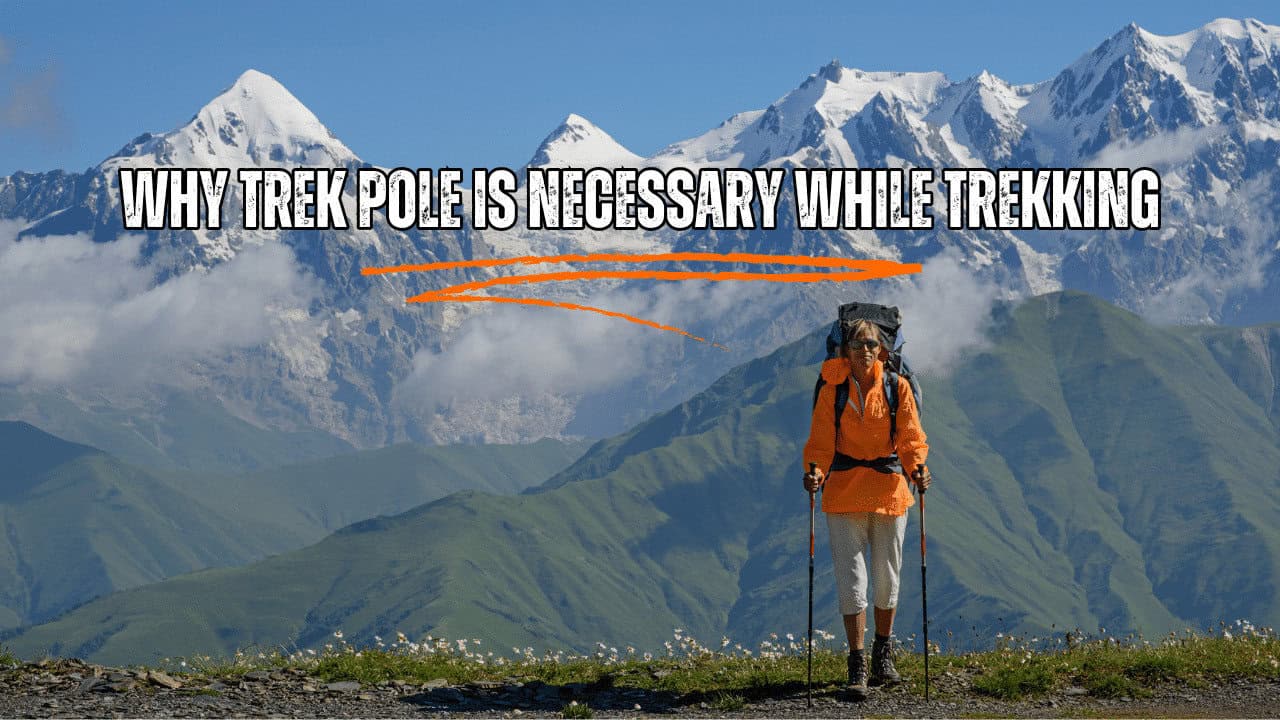
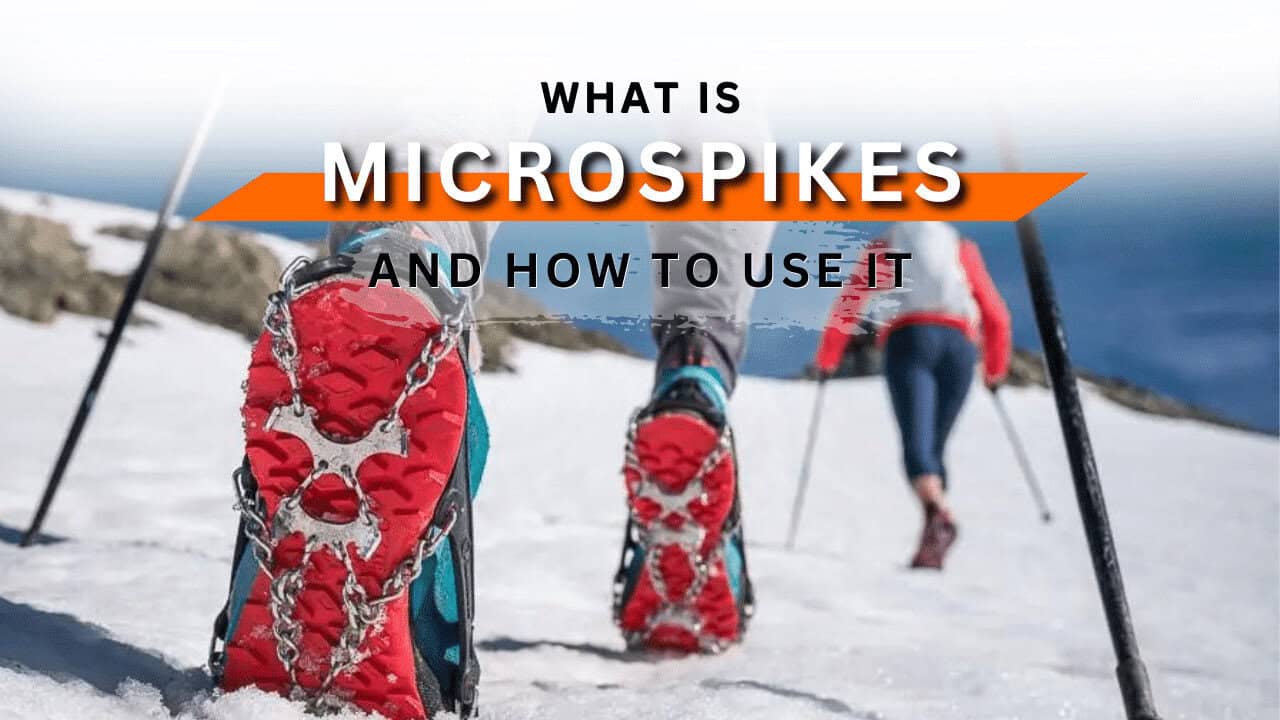


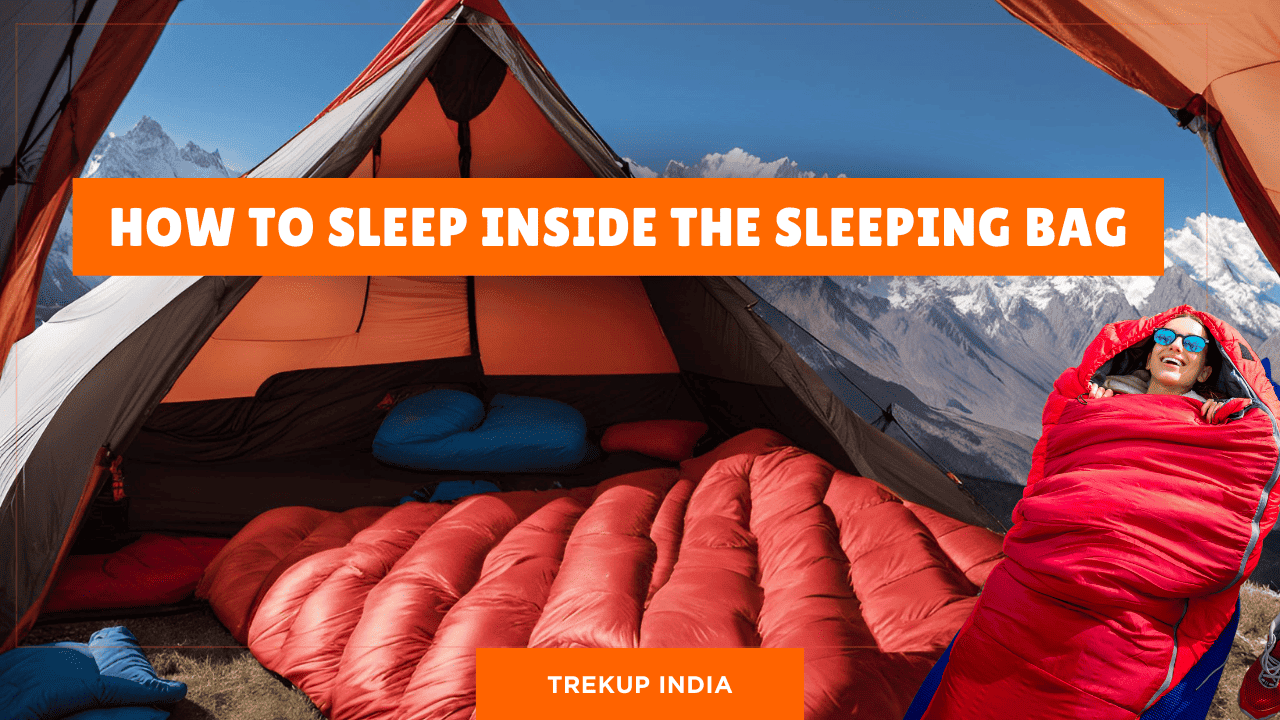


Know Everything About Acute Mountain Sickness
Acute Mountain Sickness occurs when people trek to high altitudes above 8,000 feet. This condition itself develops further due to reduced oxygen levels at such heights. Basically, as you go higher up, the air pressure and oxygen levels decrease, which causes the same problem. Acute Mountain Sickness surely causes headache, nausea, vomiting, and dizziness in affected persons. Moreover, peoples also experience difficulty in sleeping during this condition. To avoid mountain sickness, you should actually trek up slowly to higher altitudes. To learn further about this condition itself, watch the videos by Trekup India.
